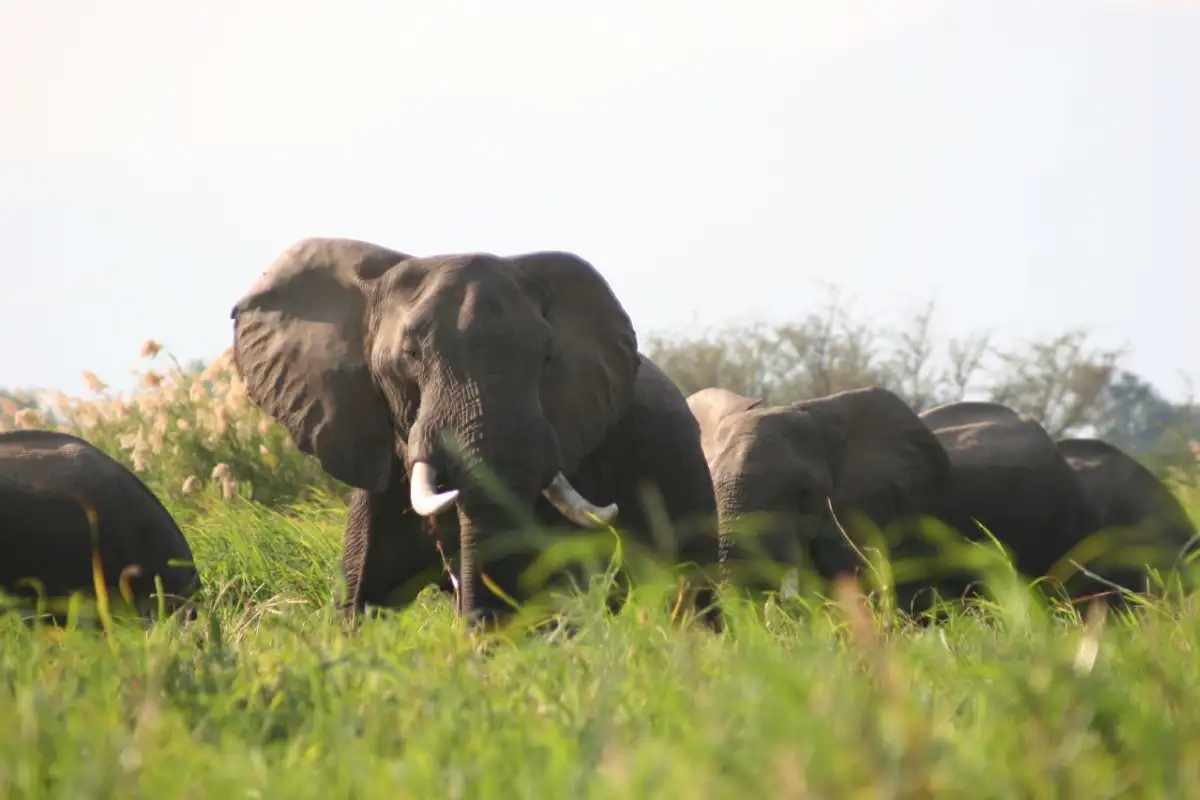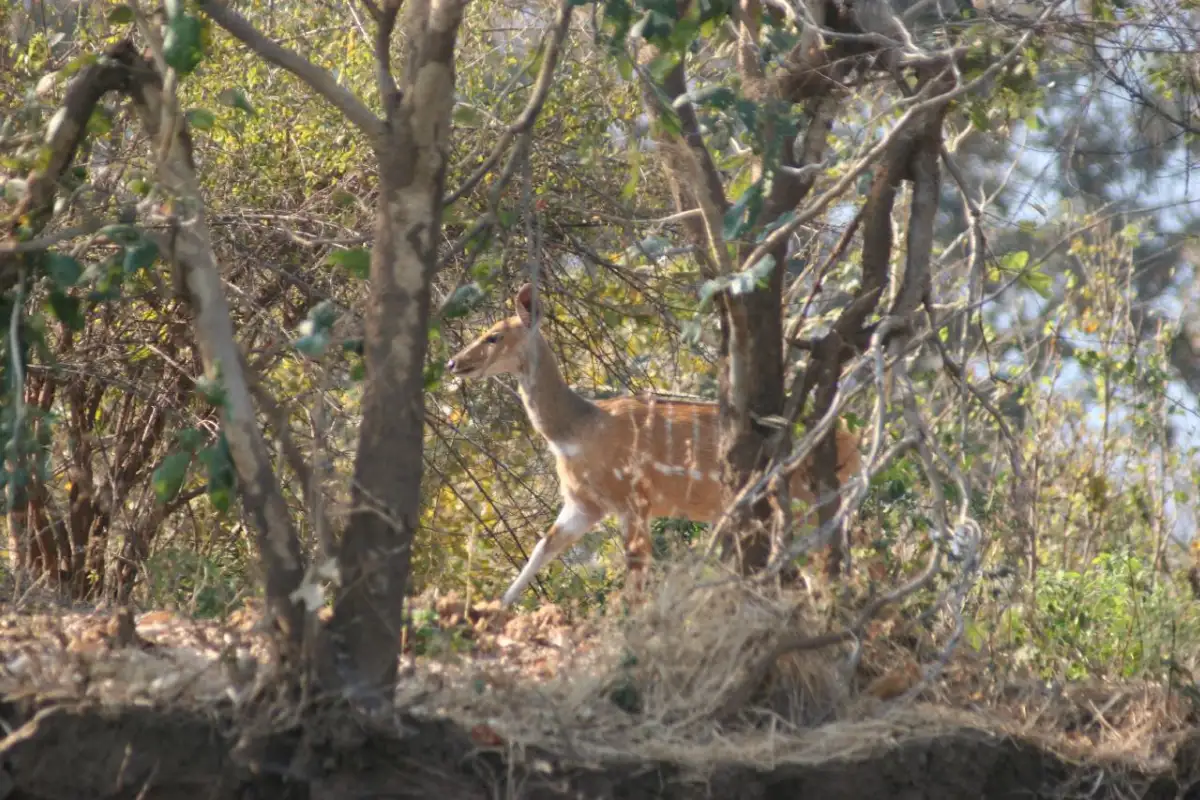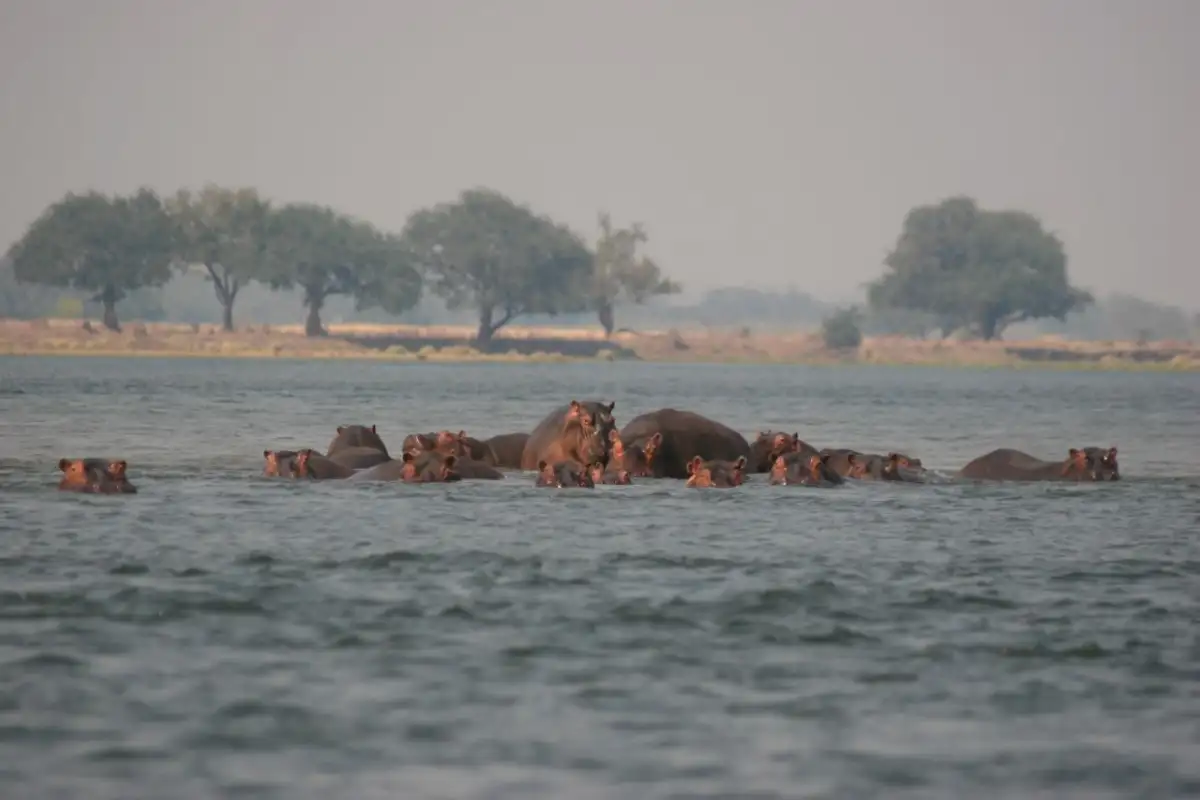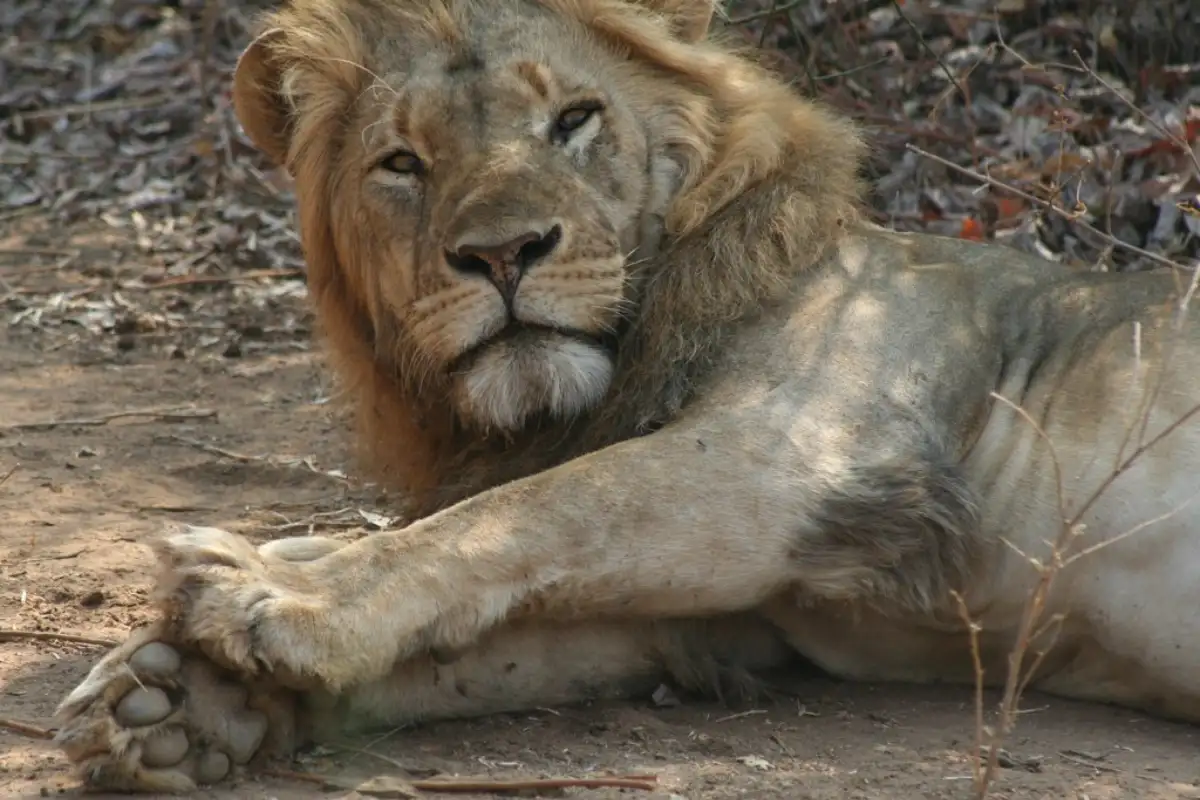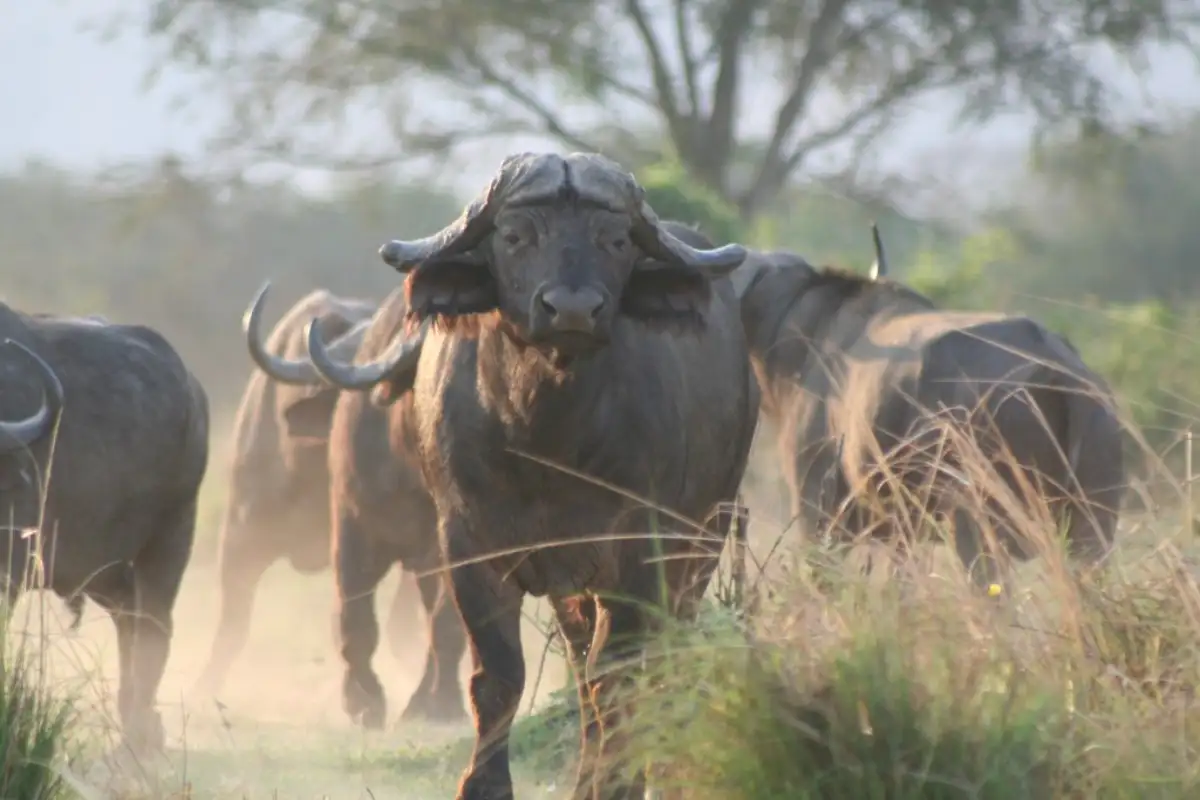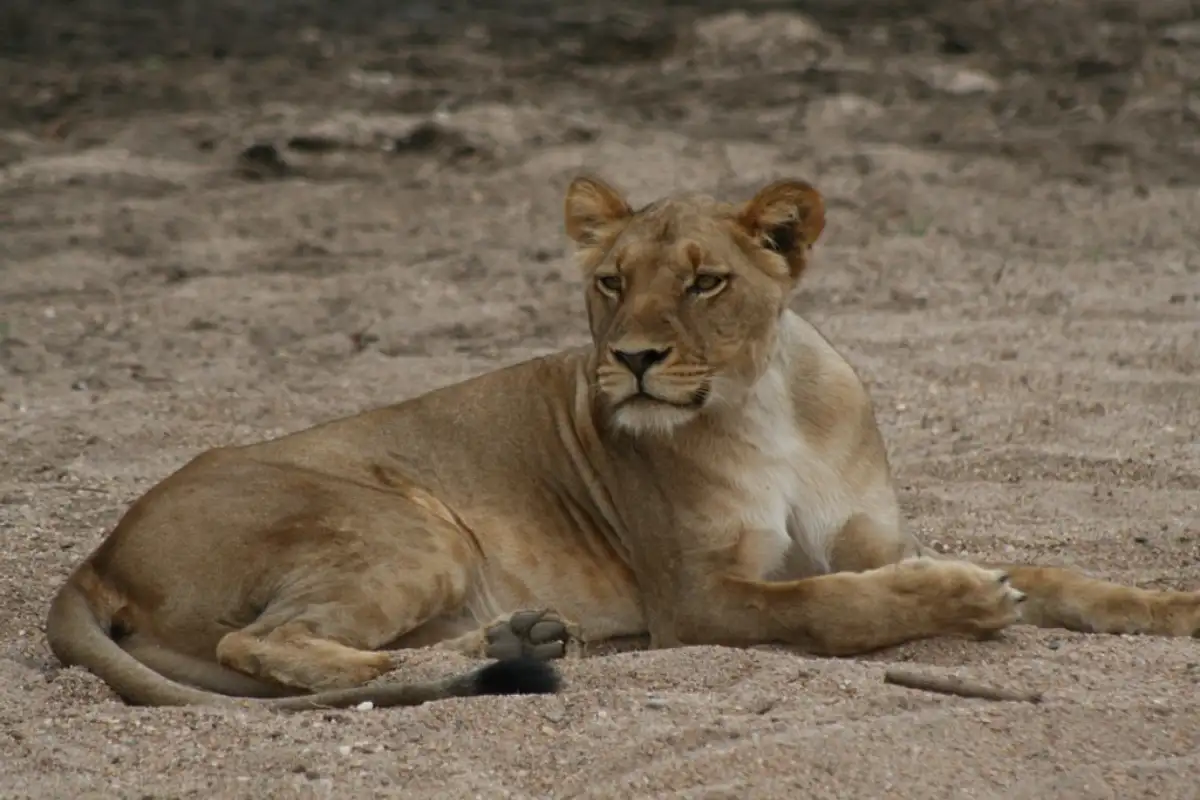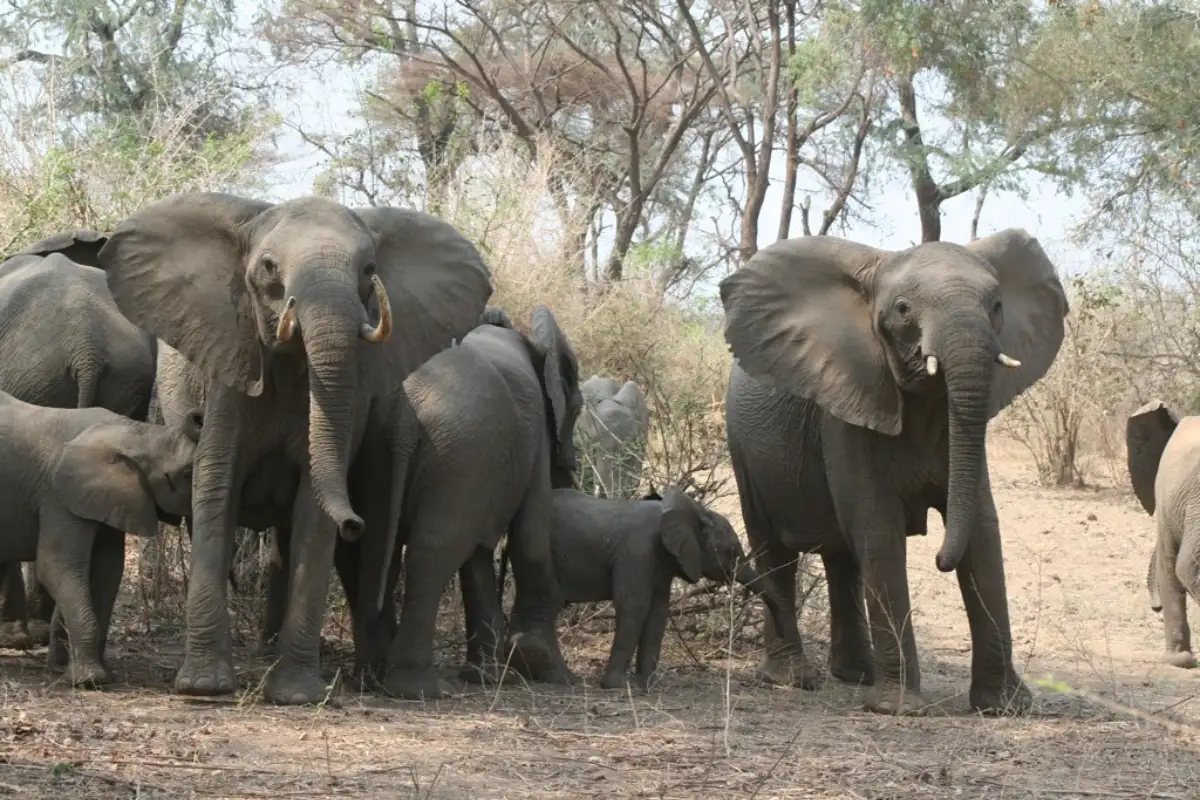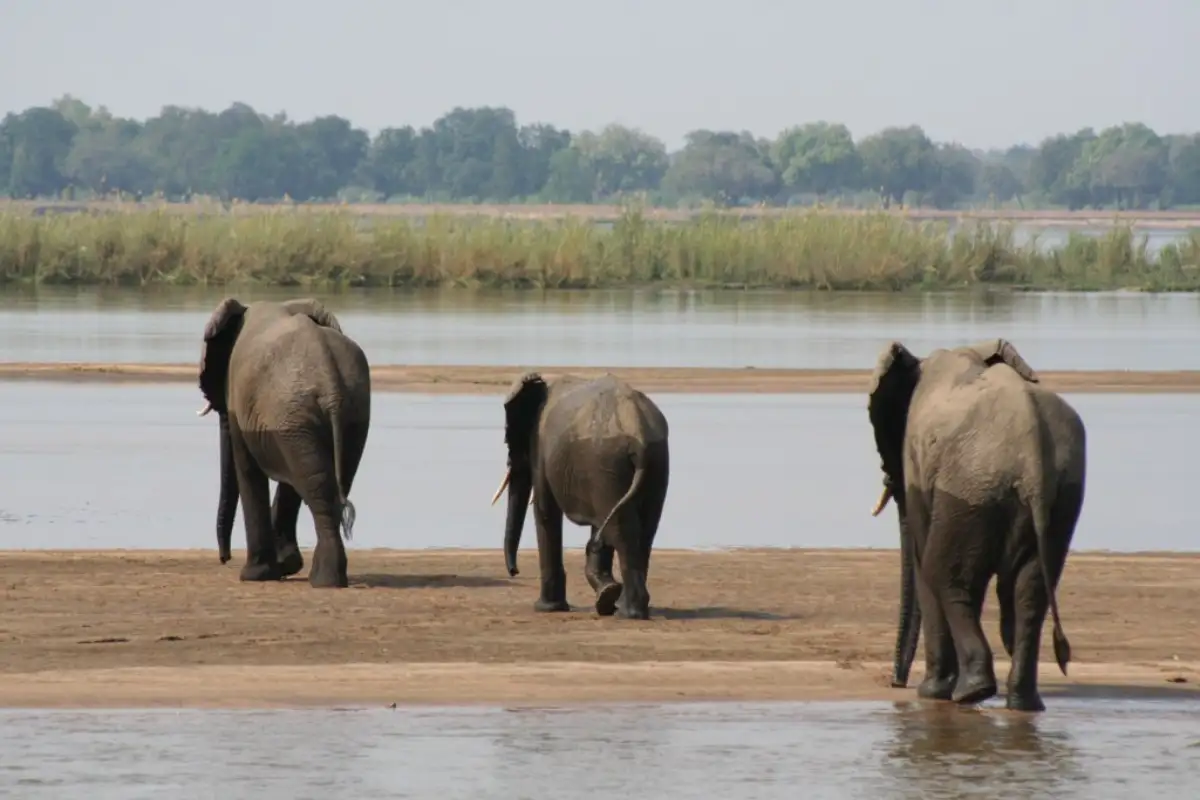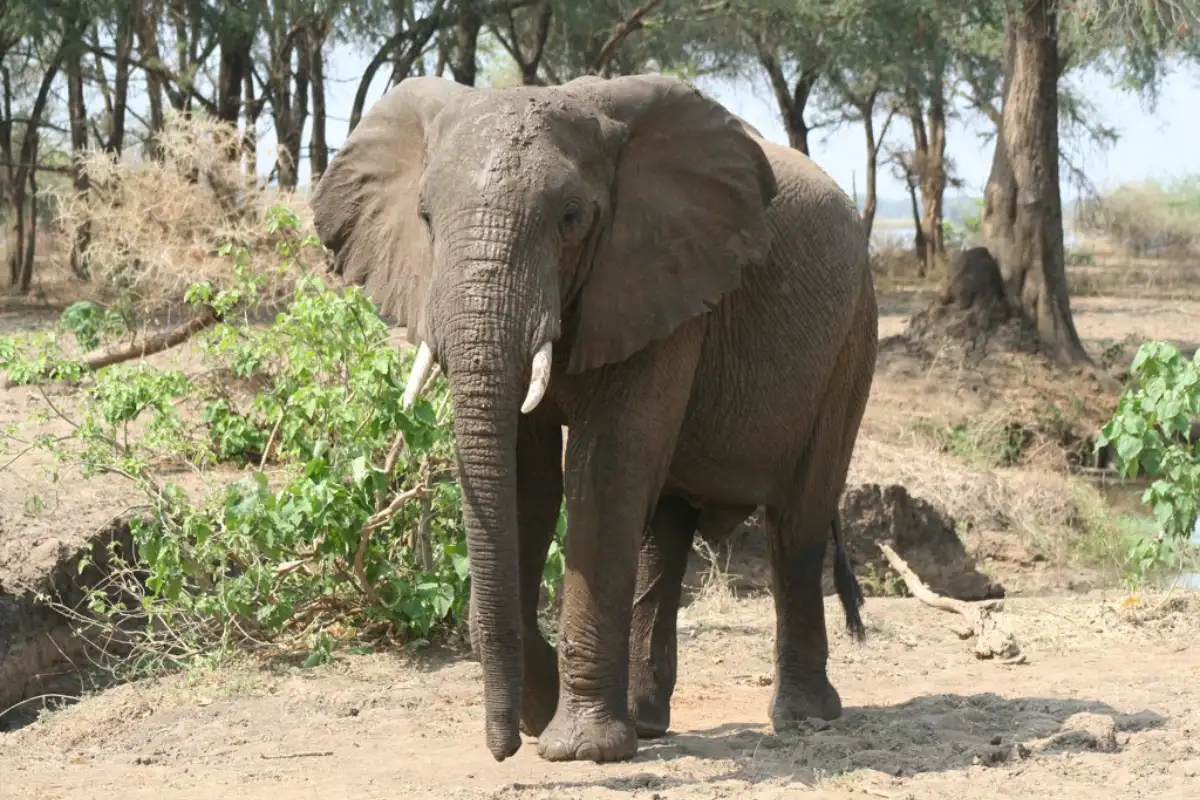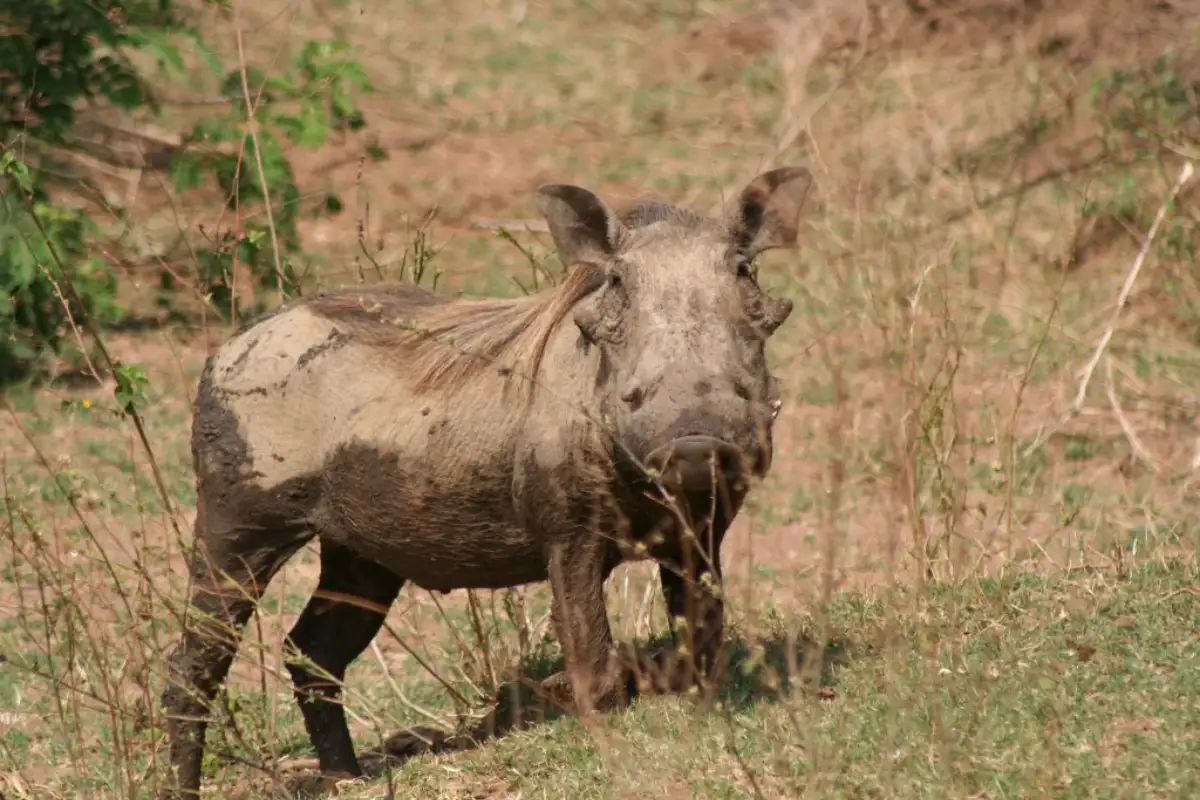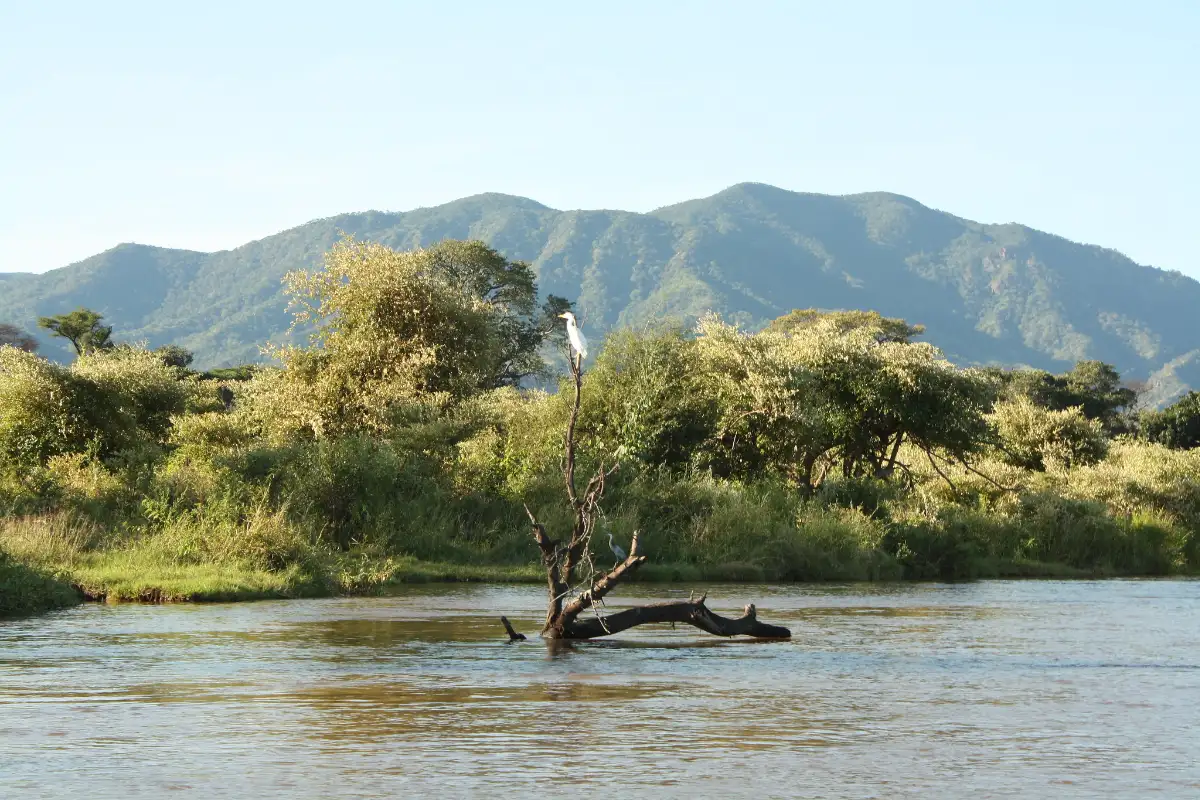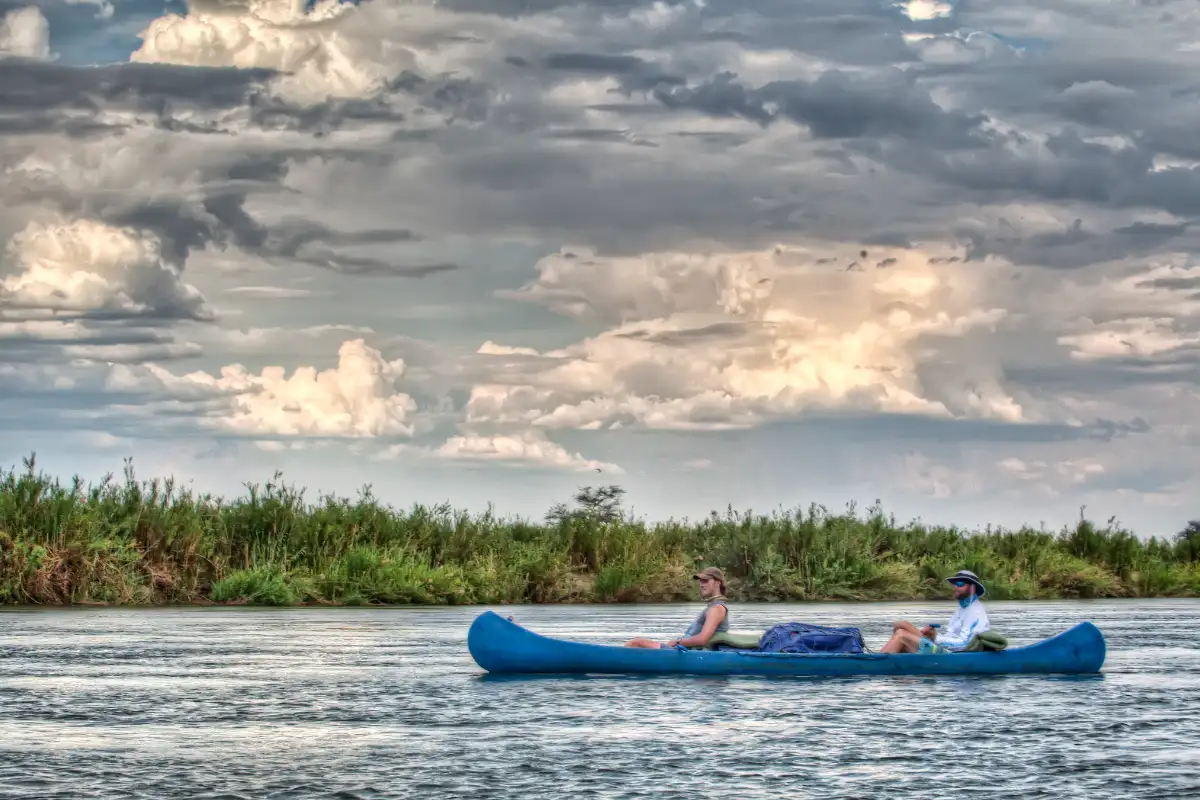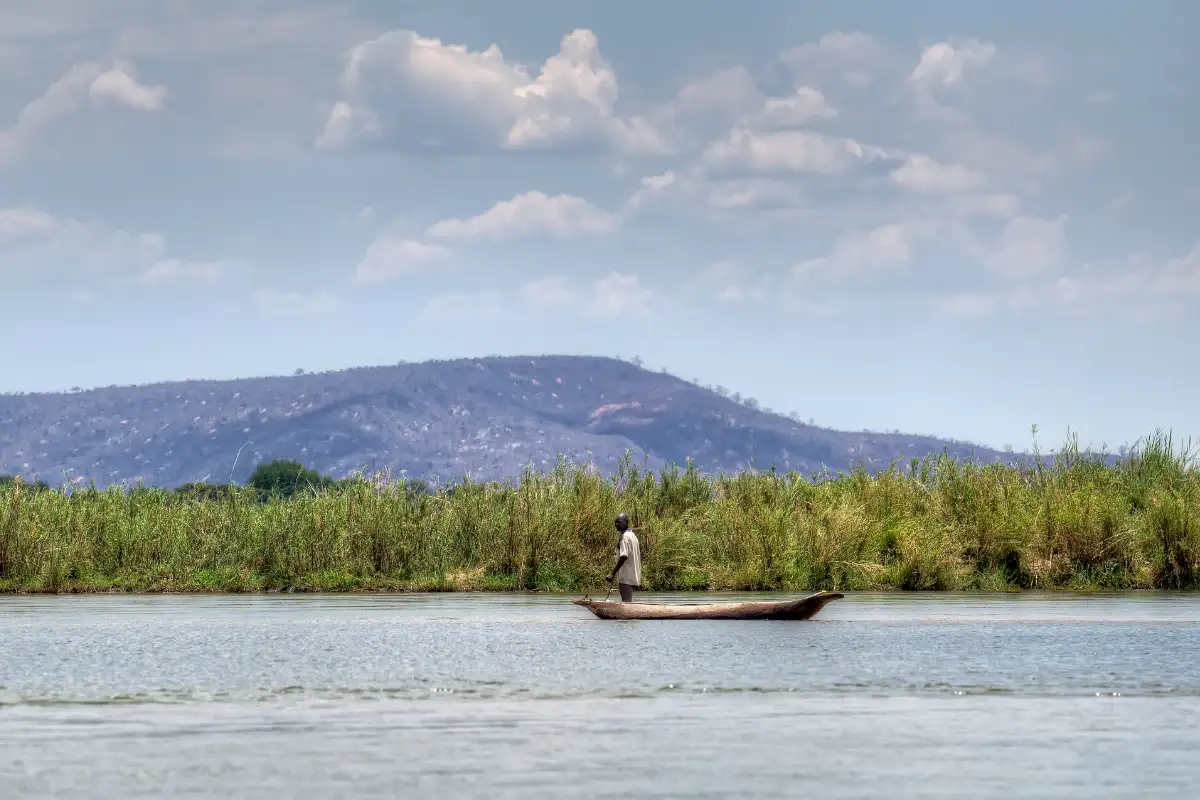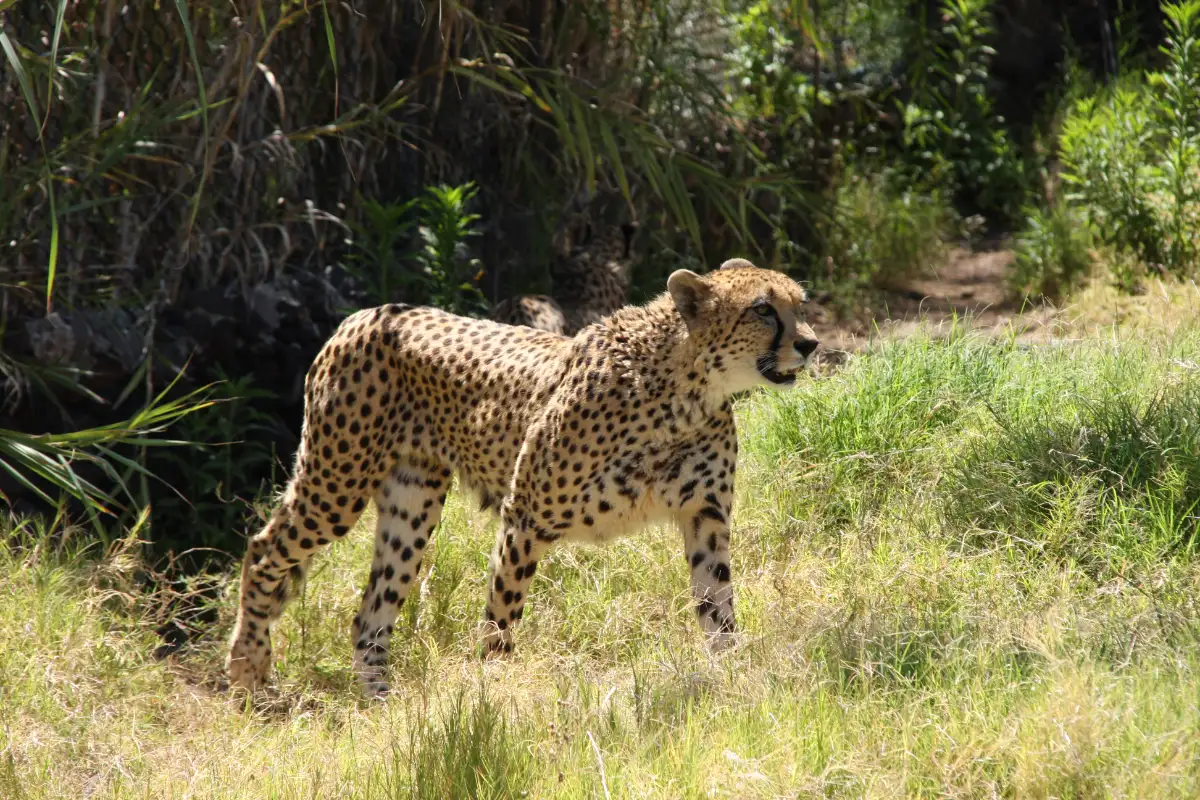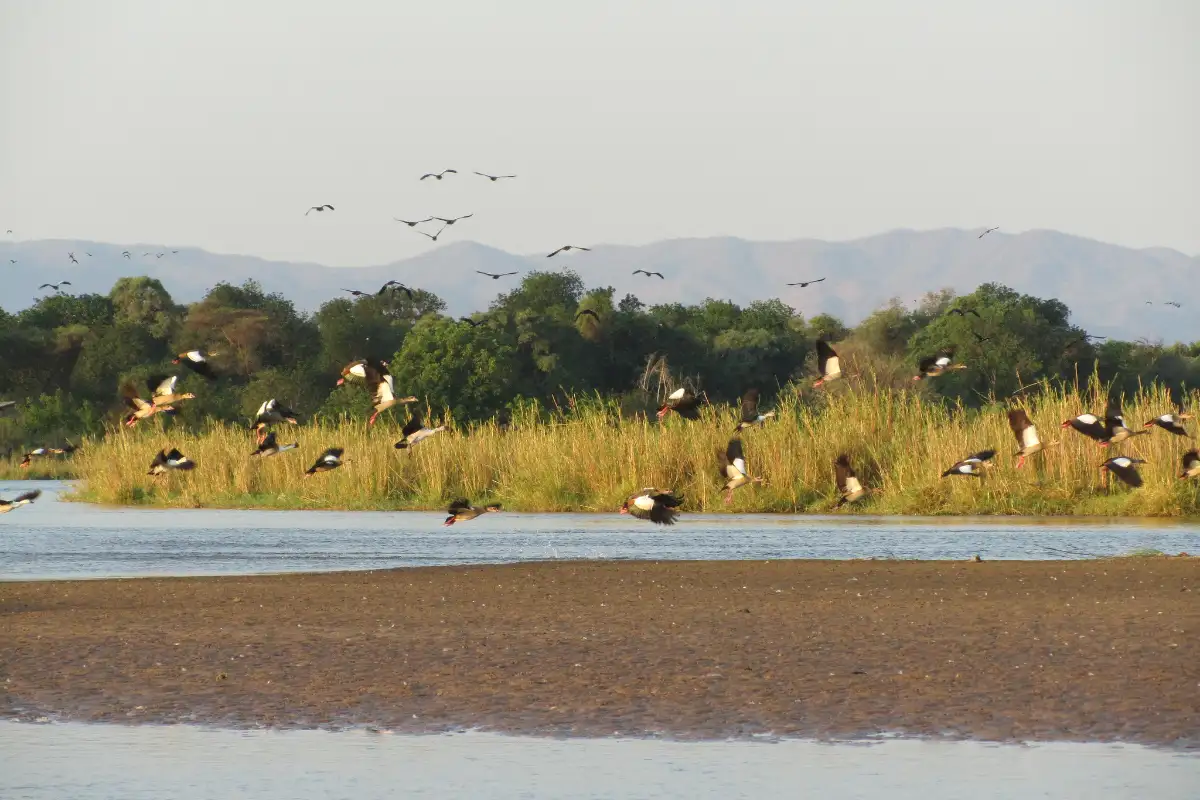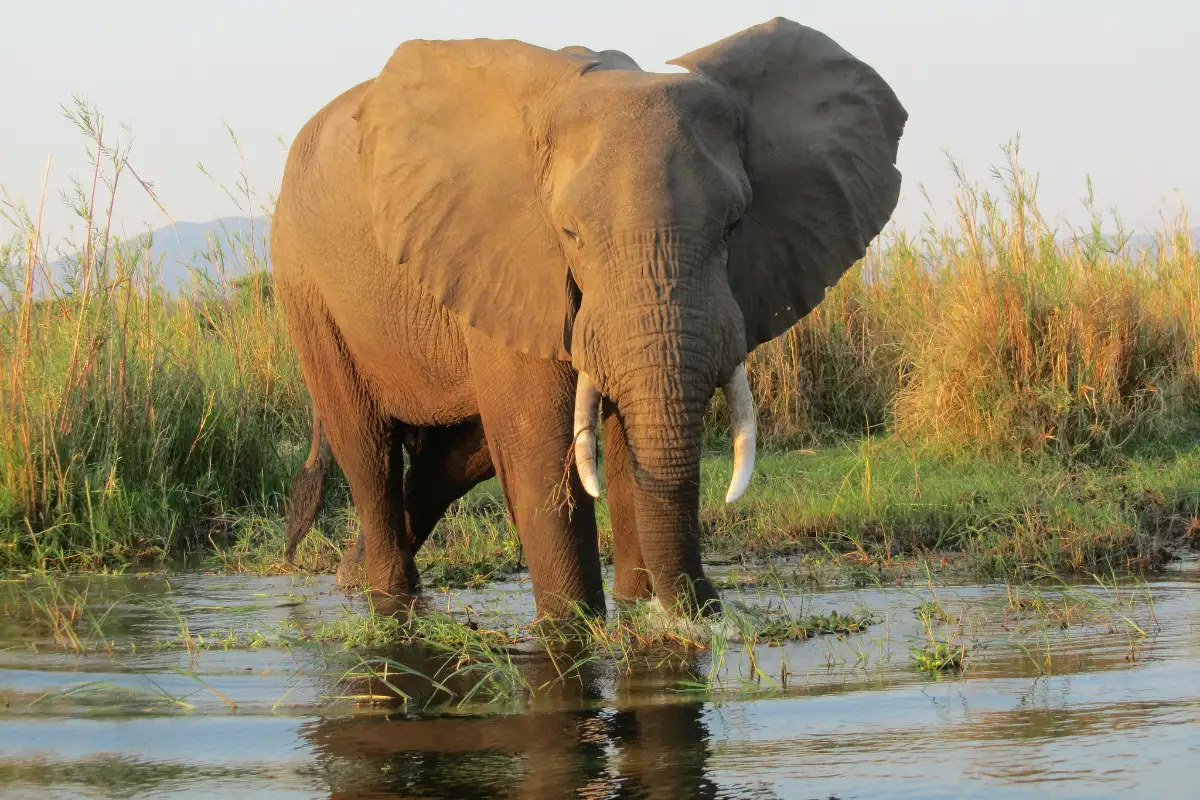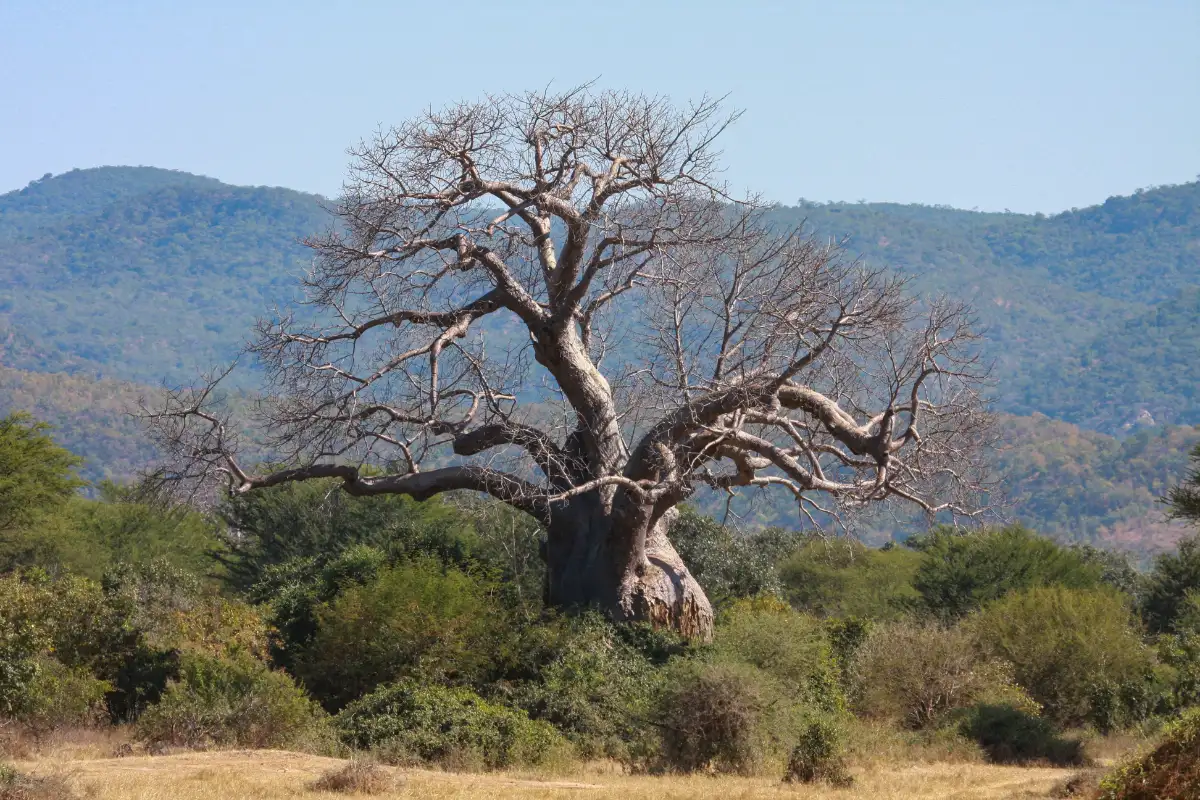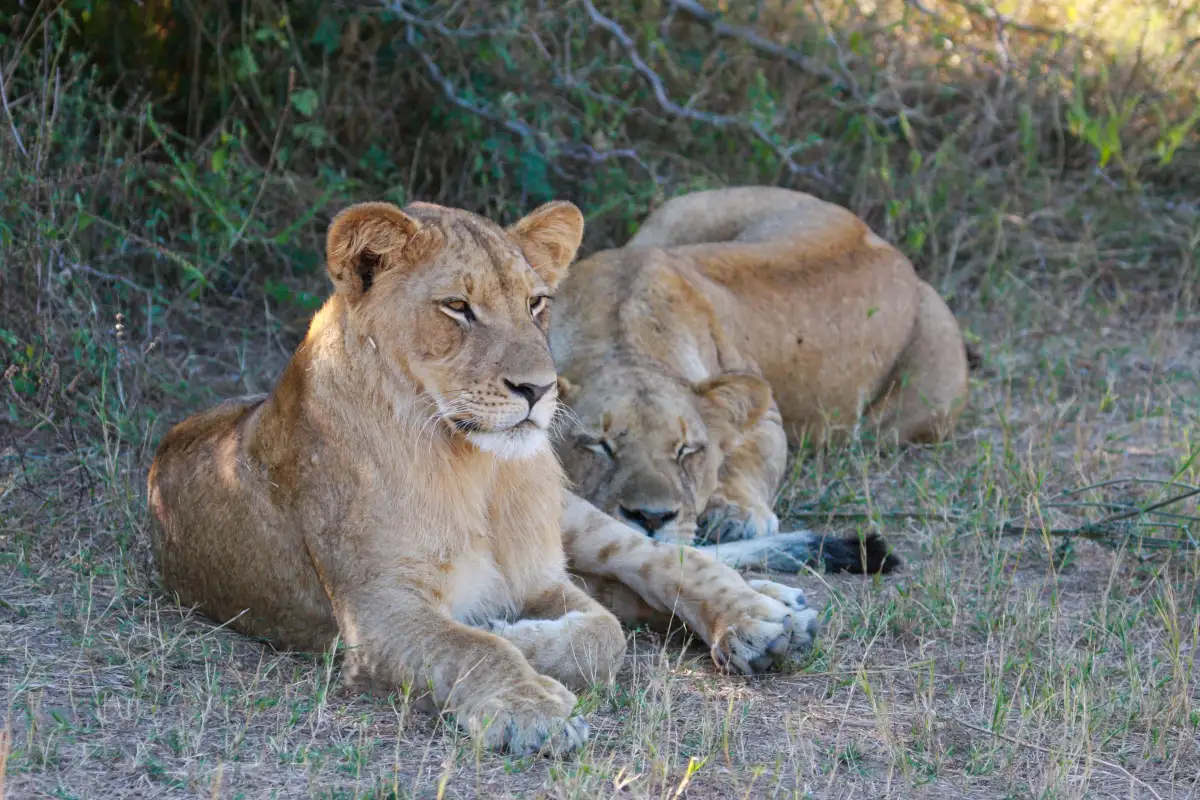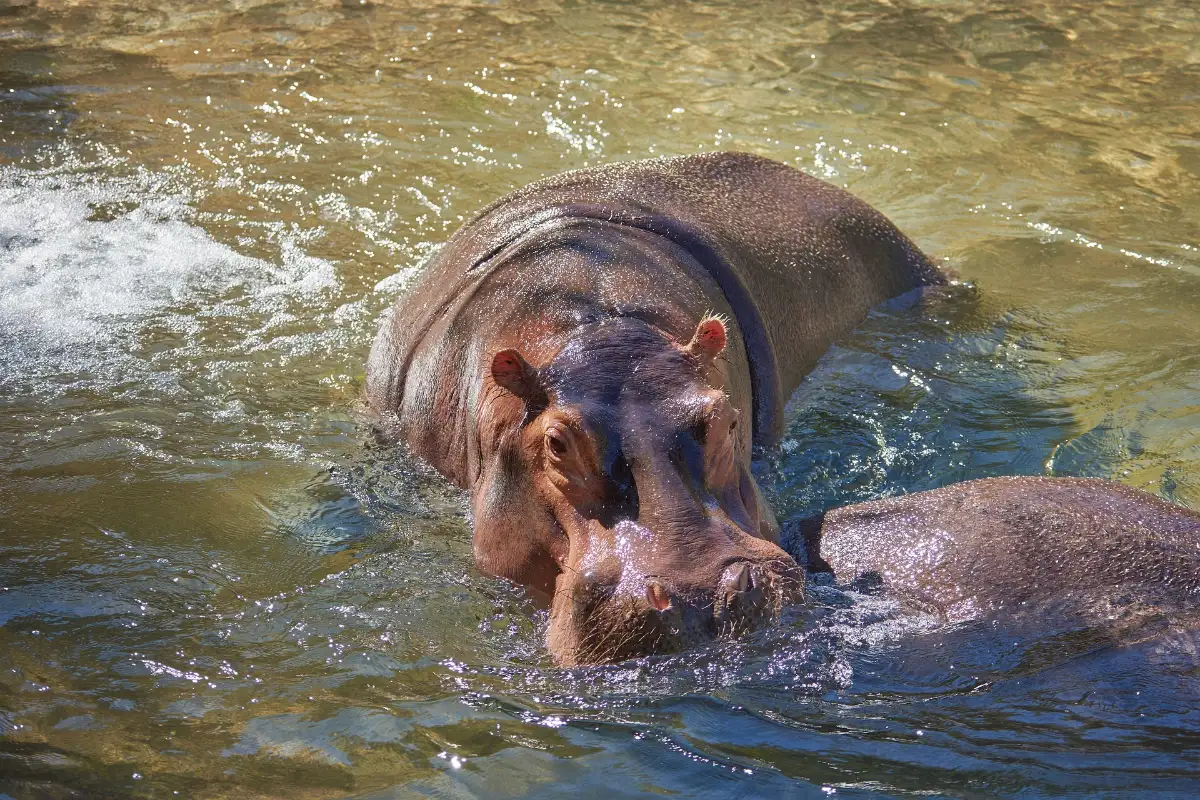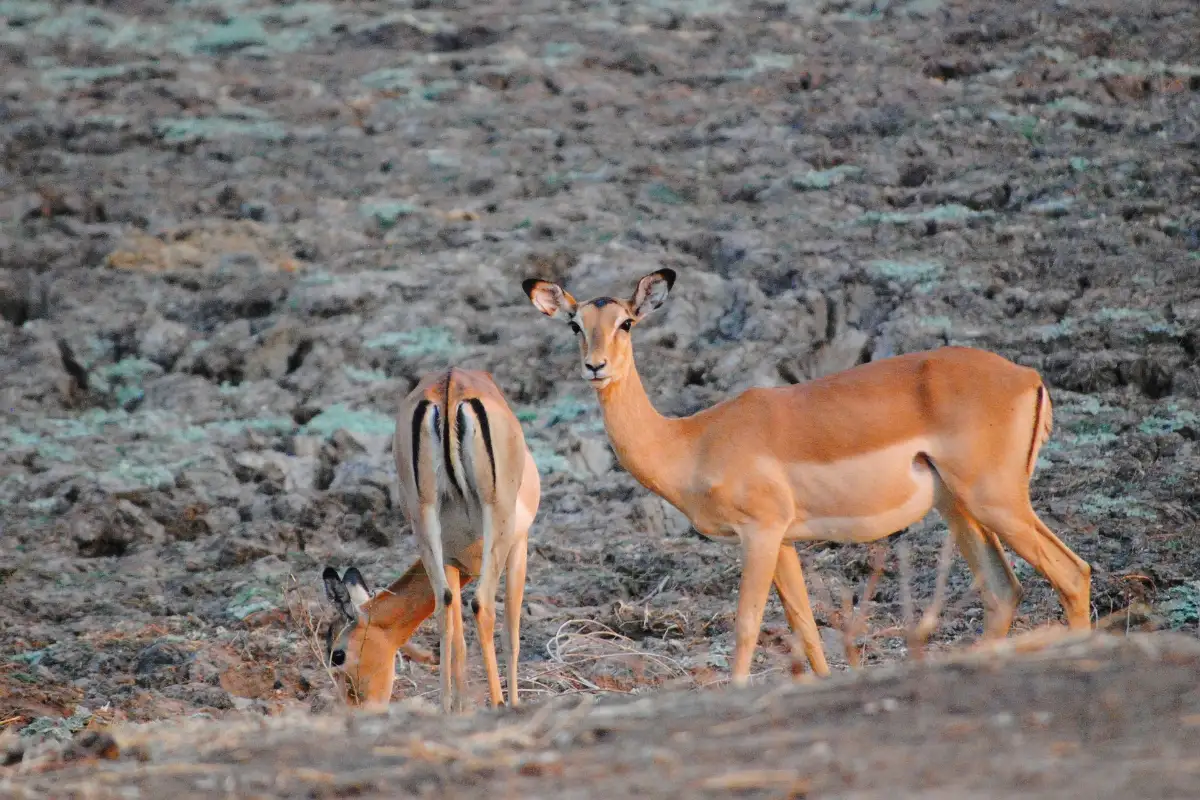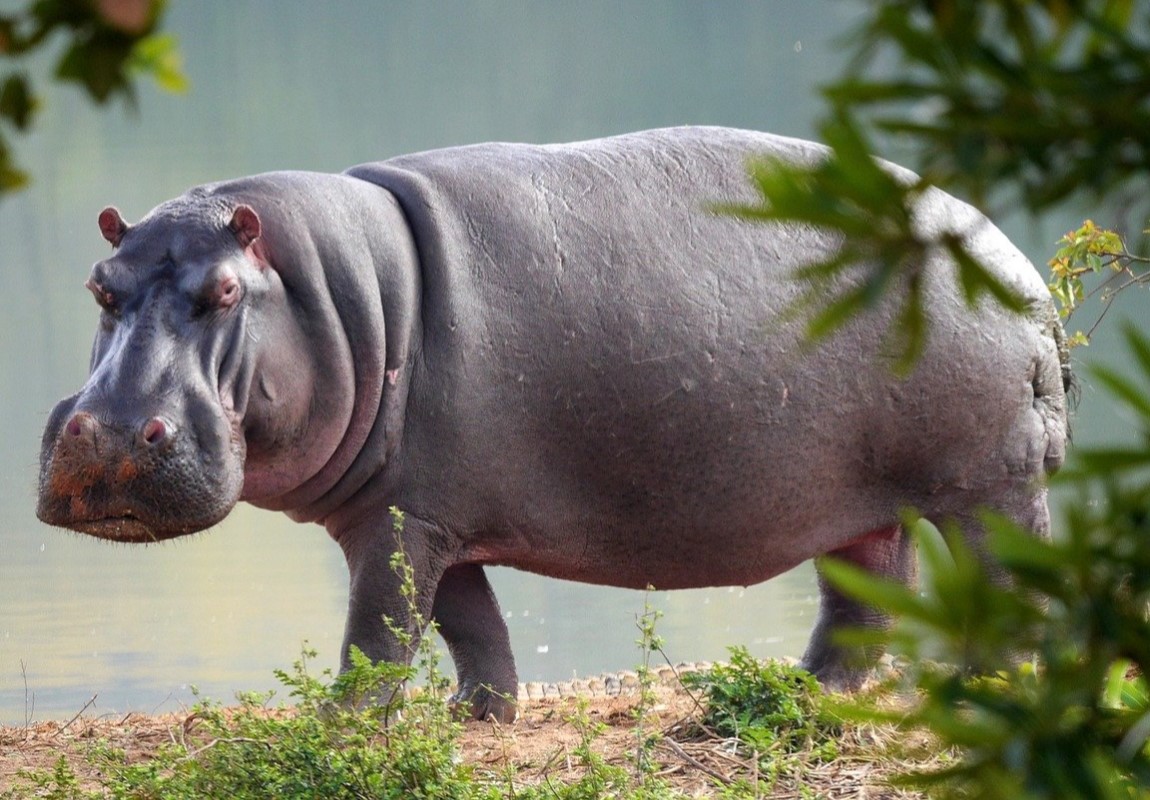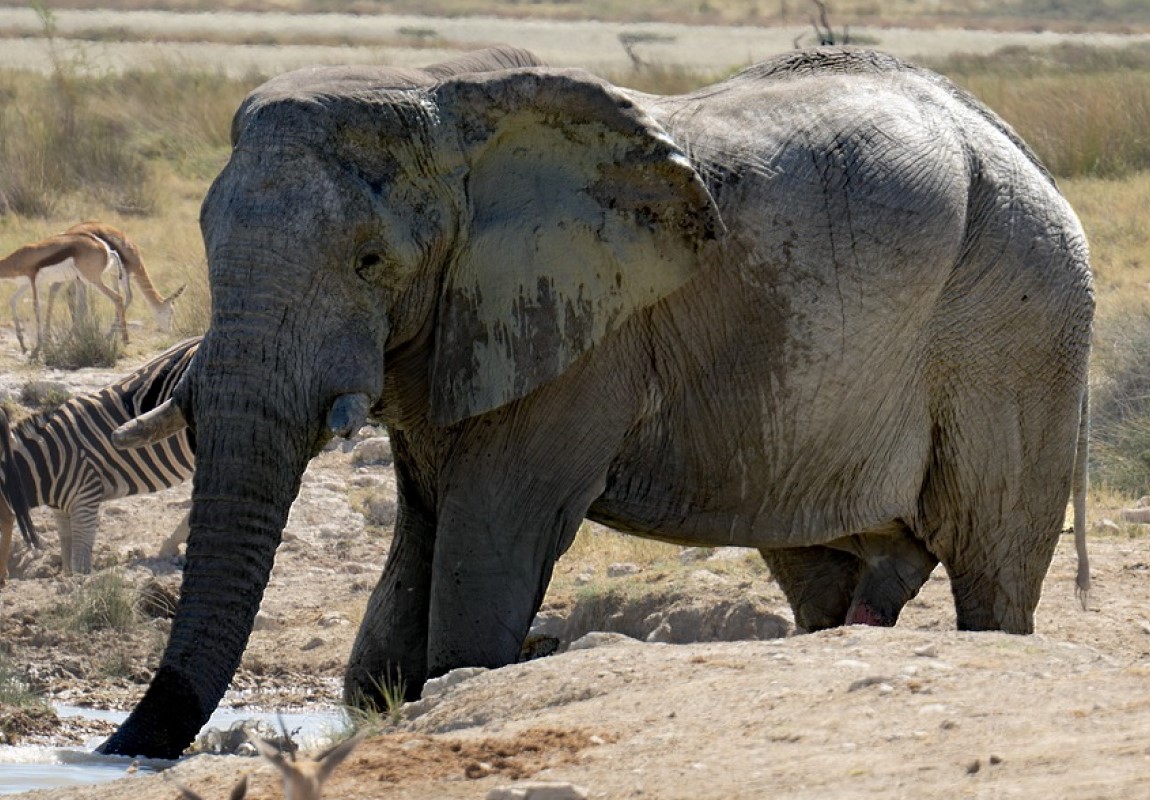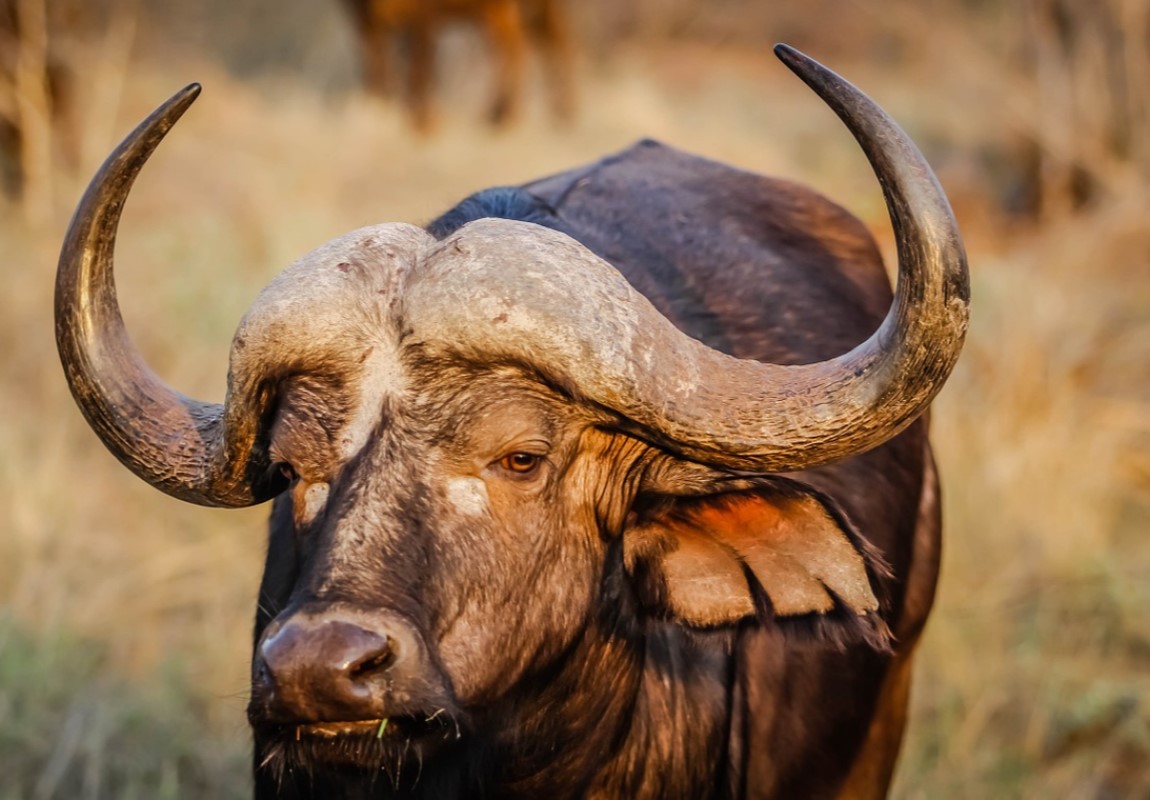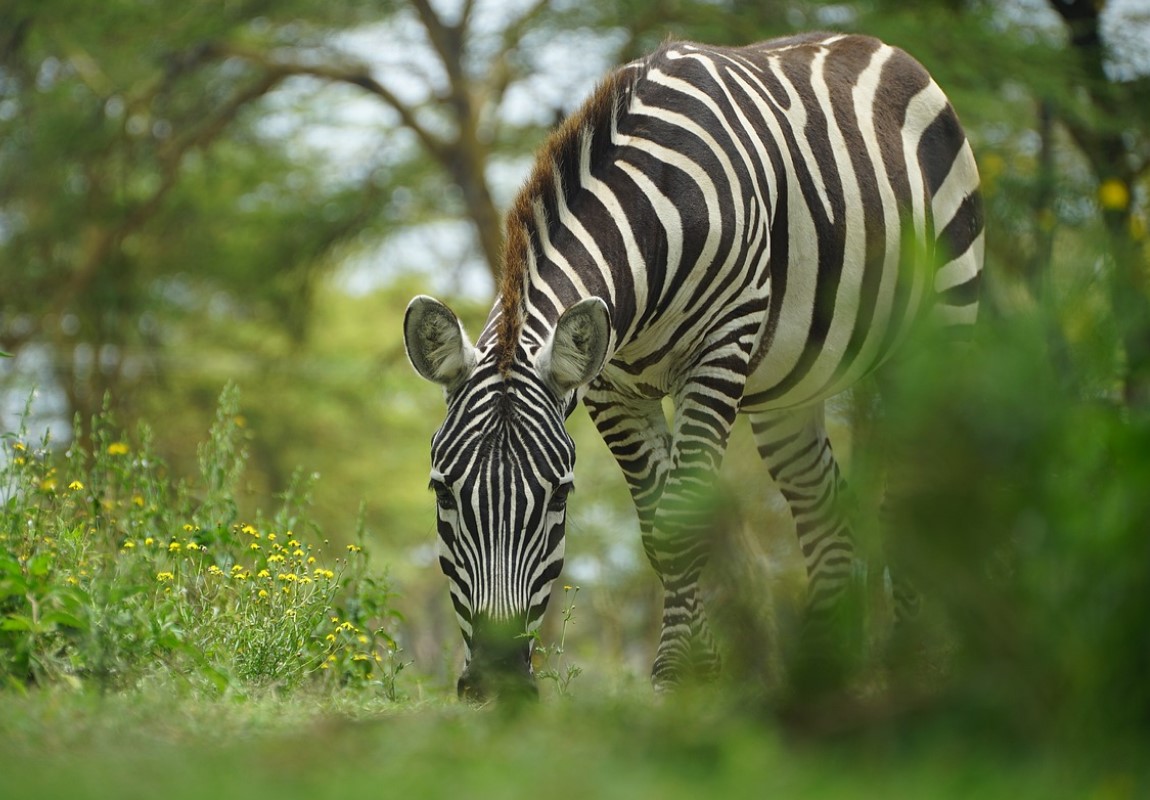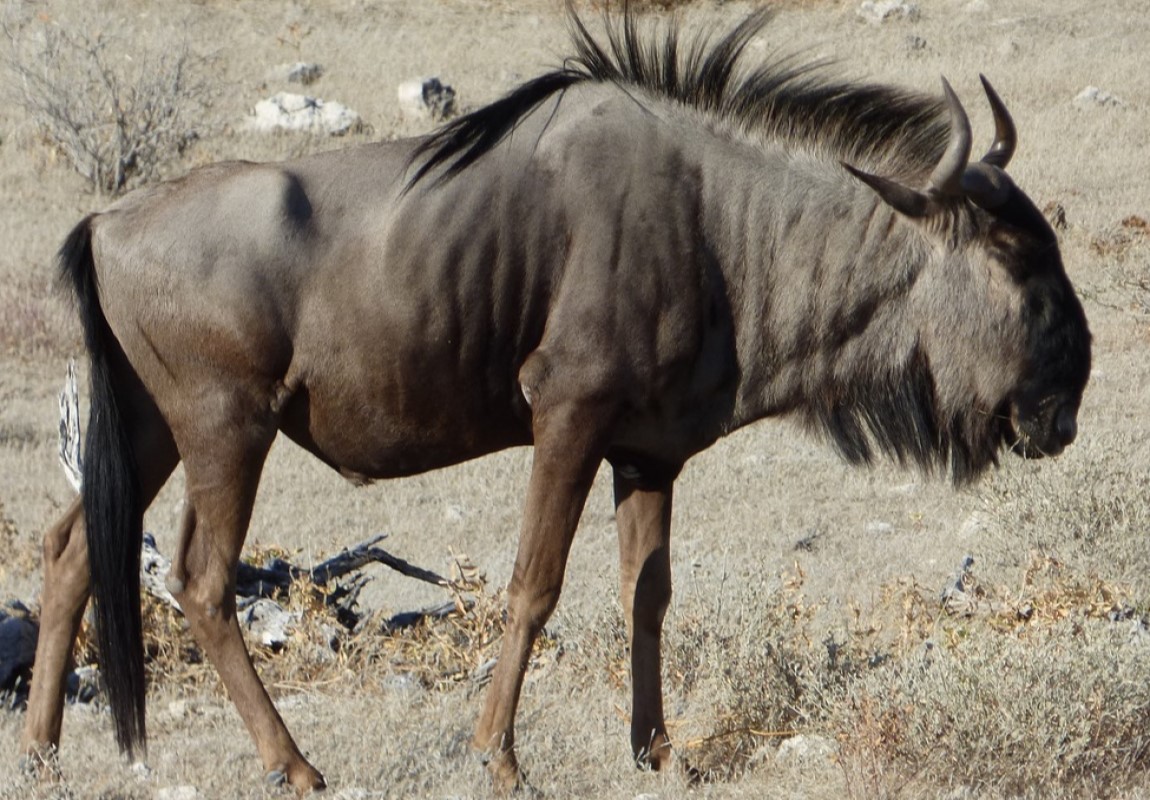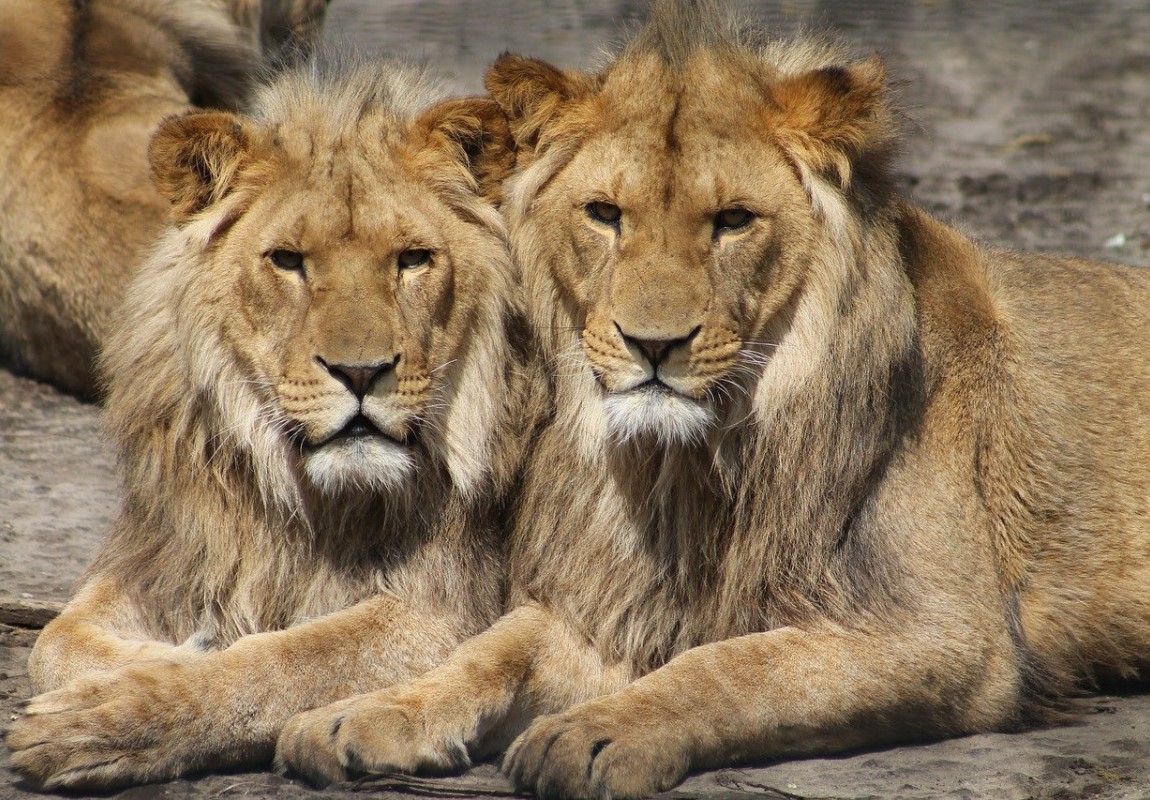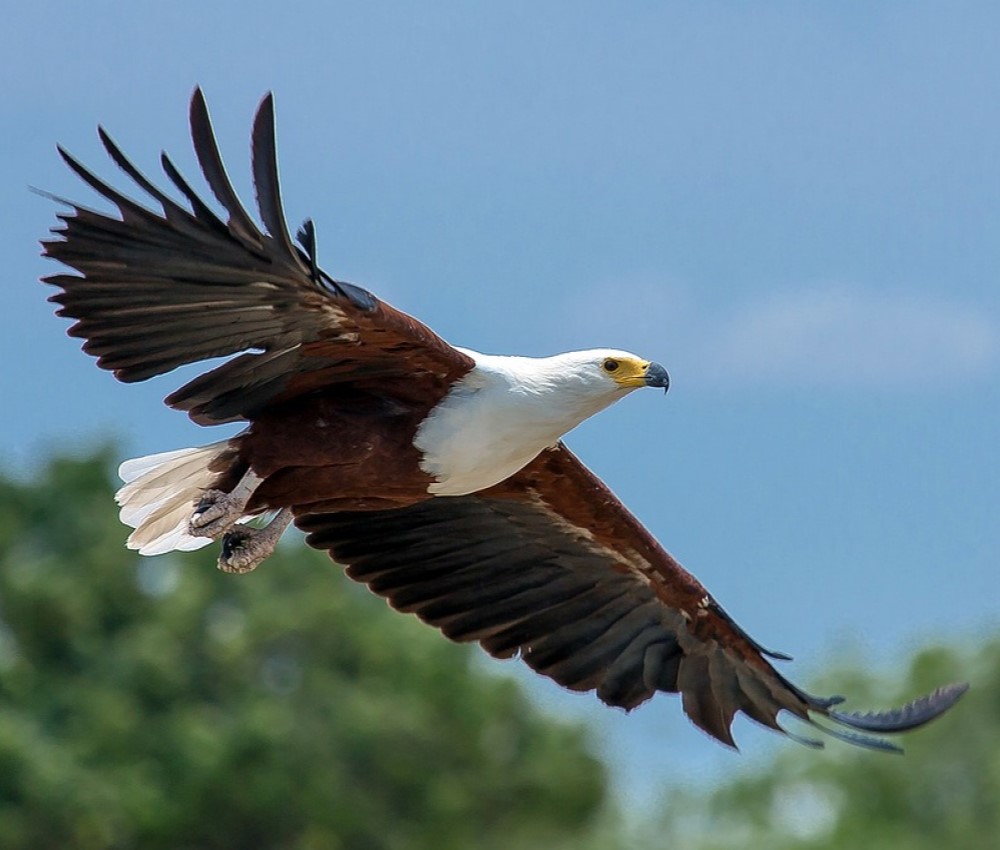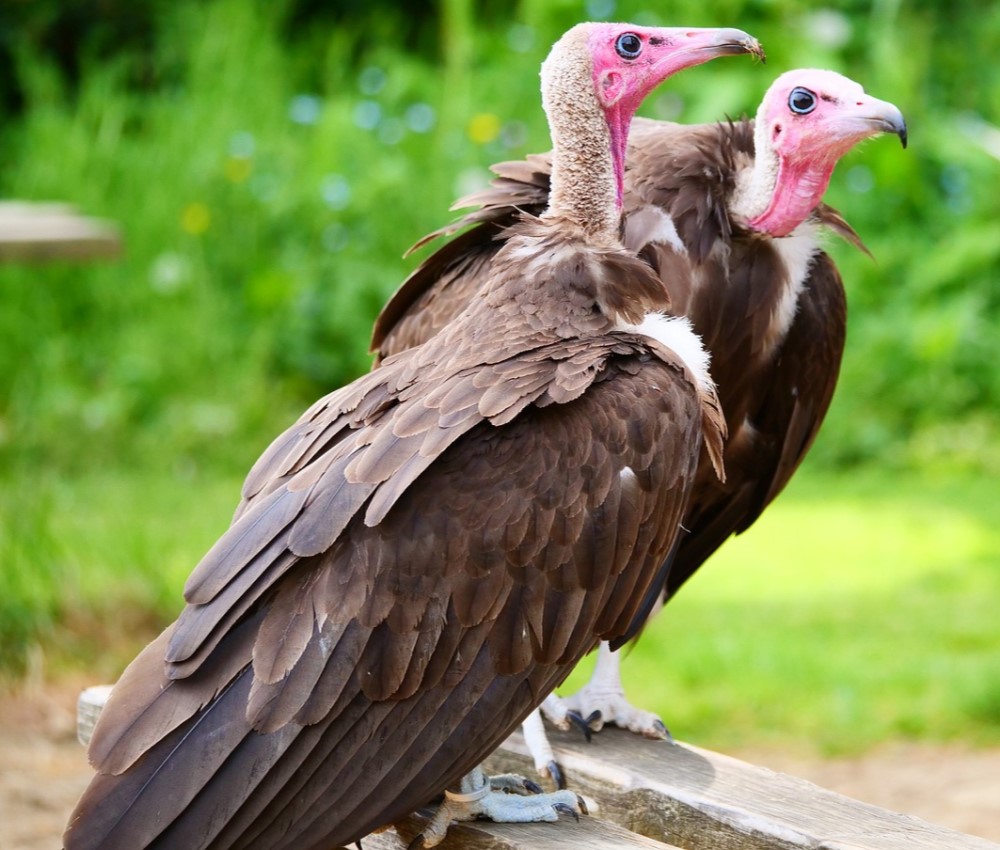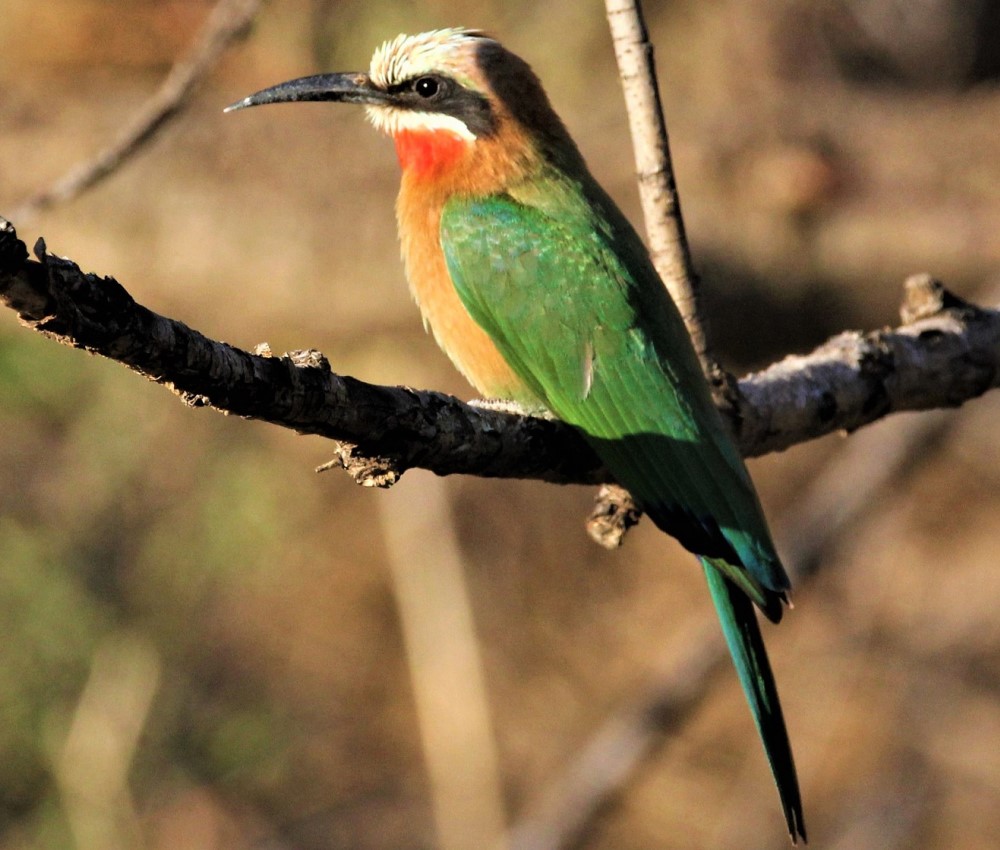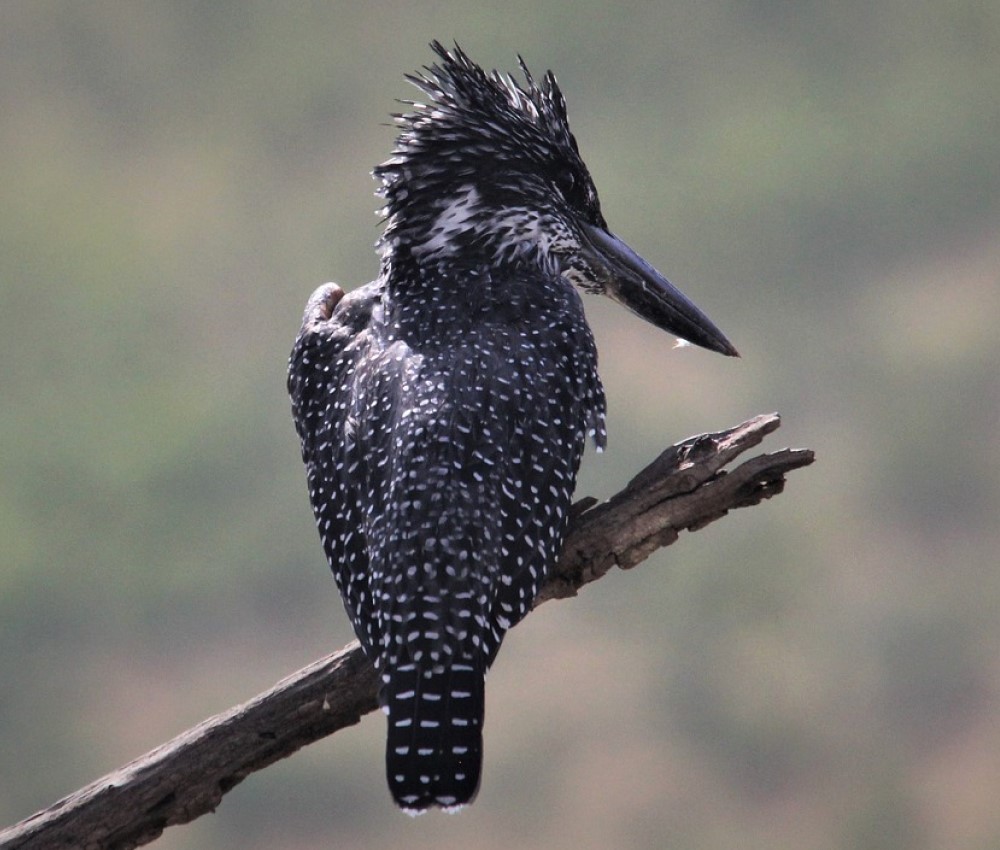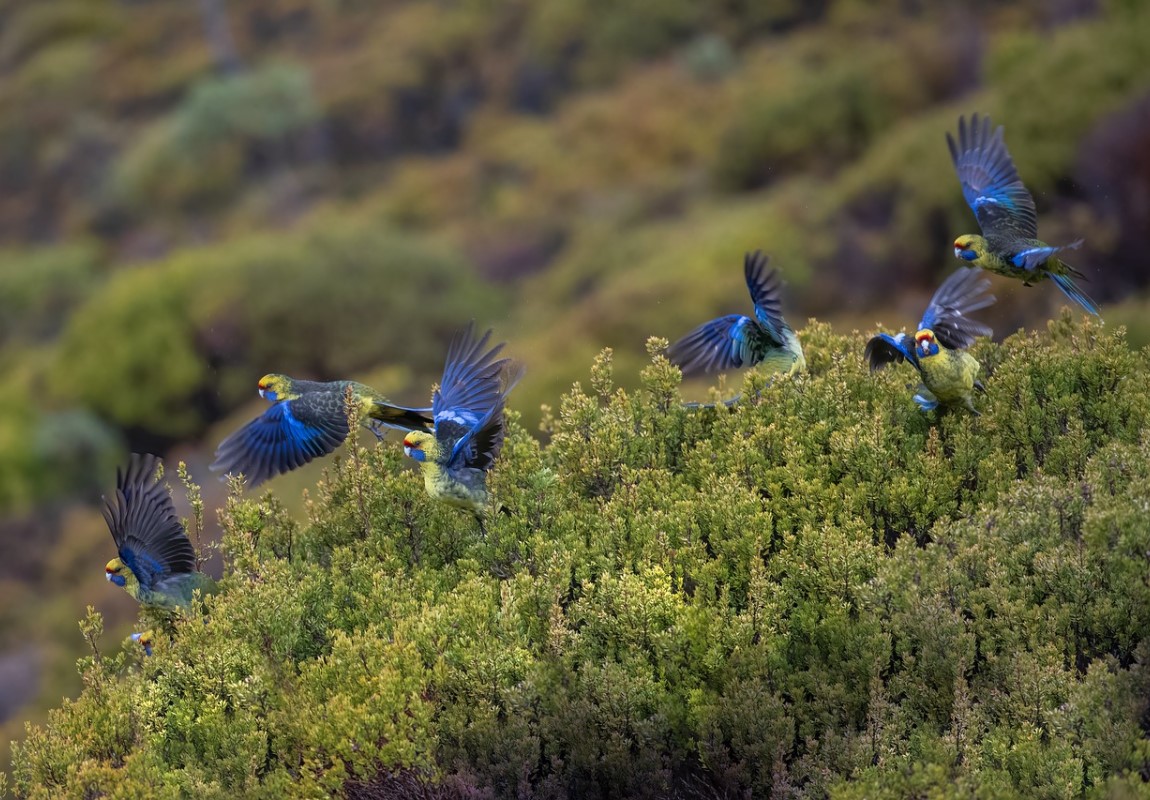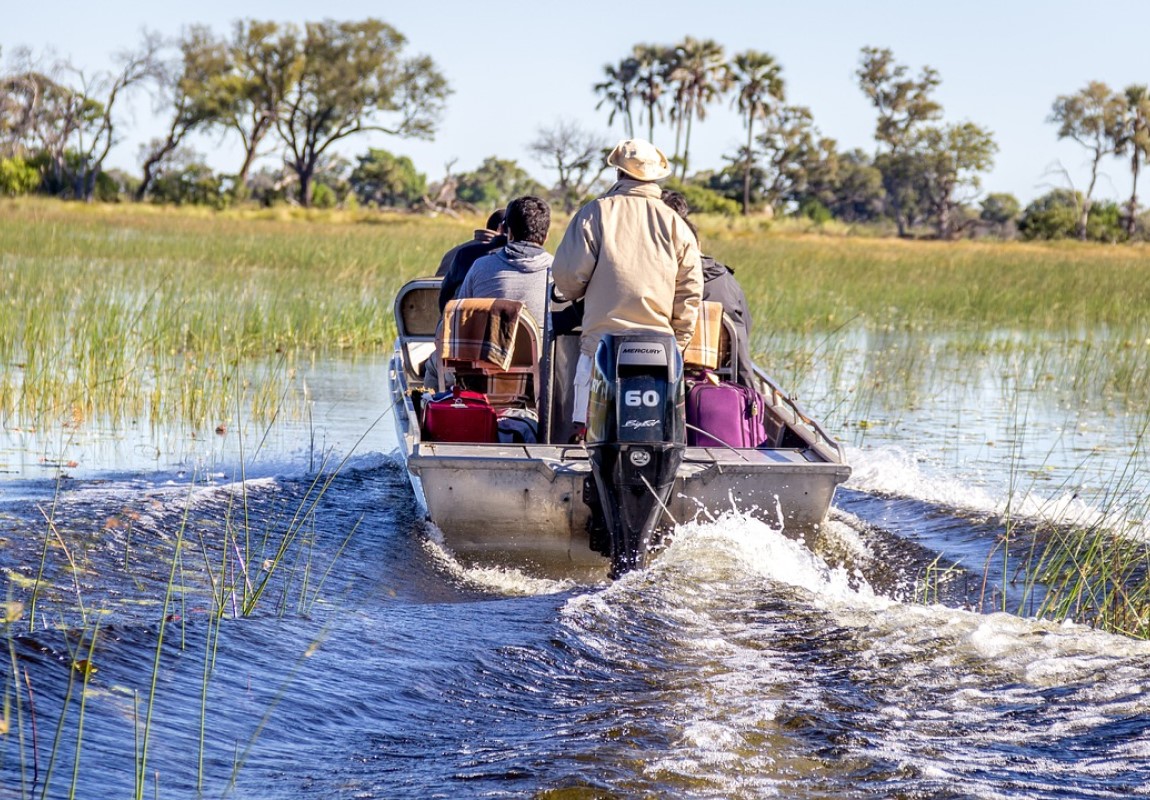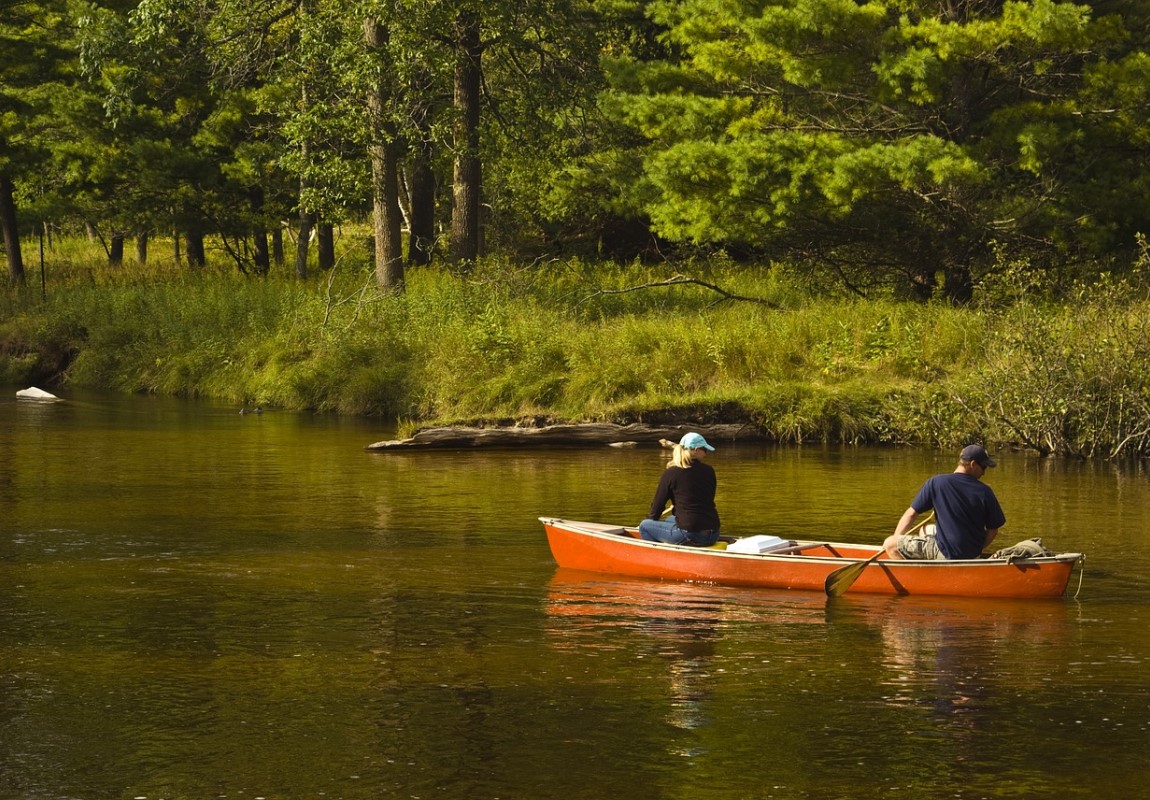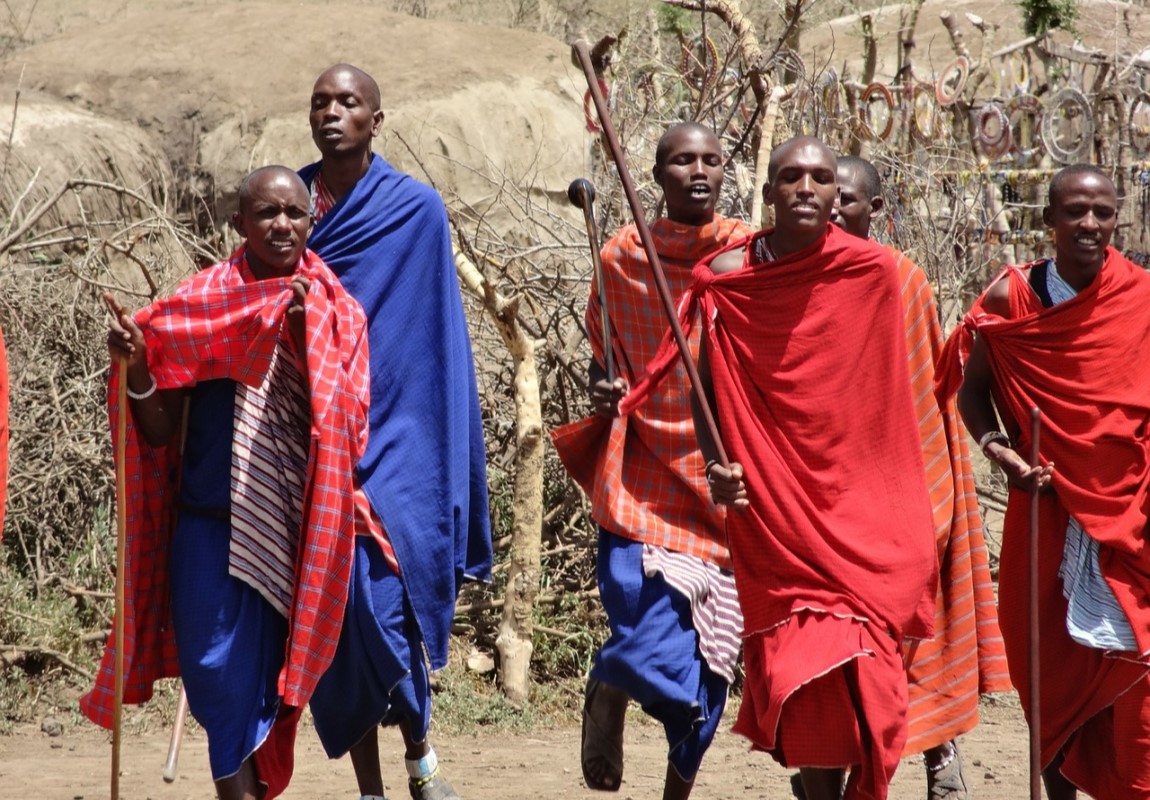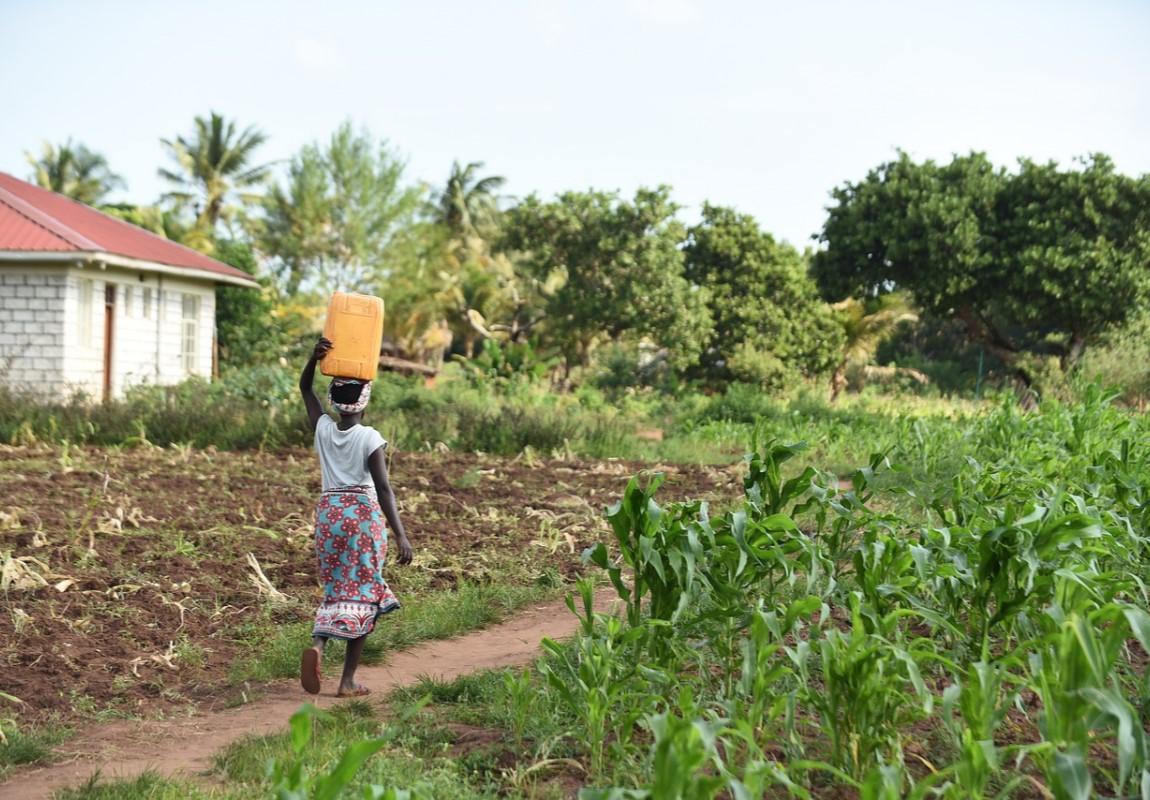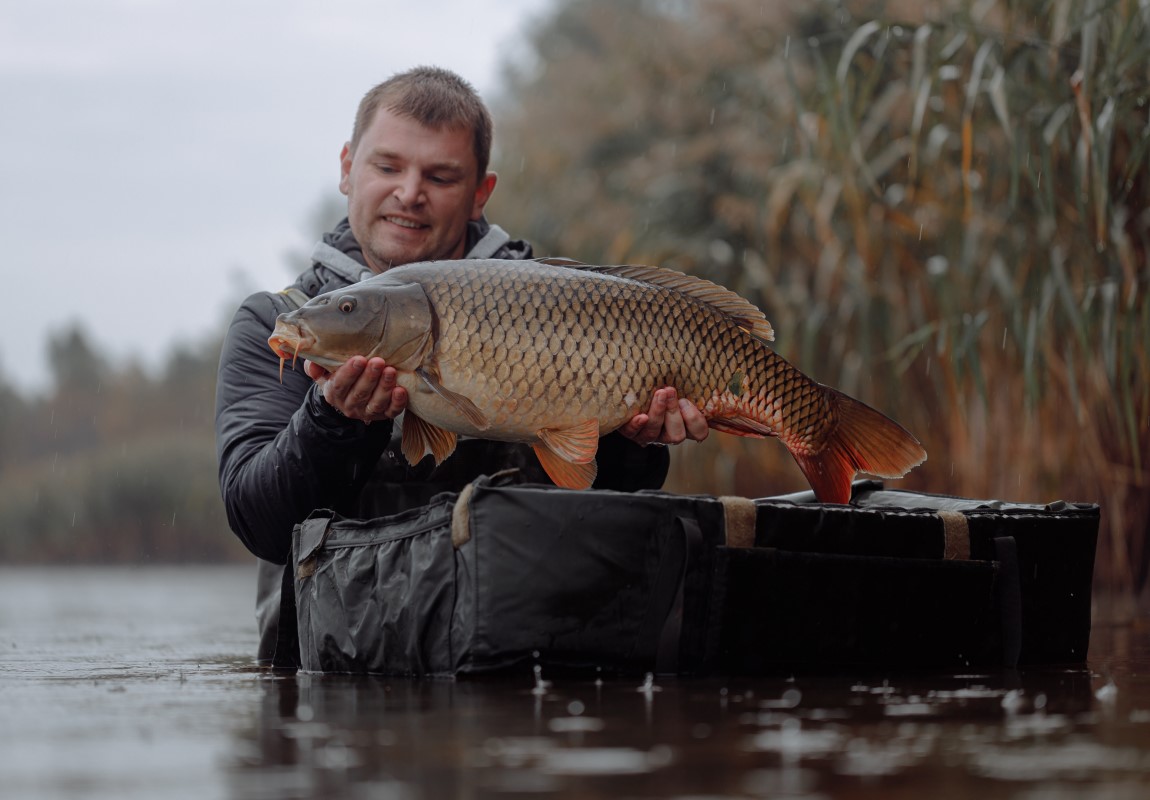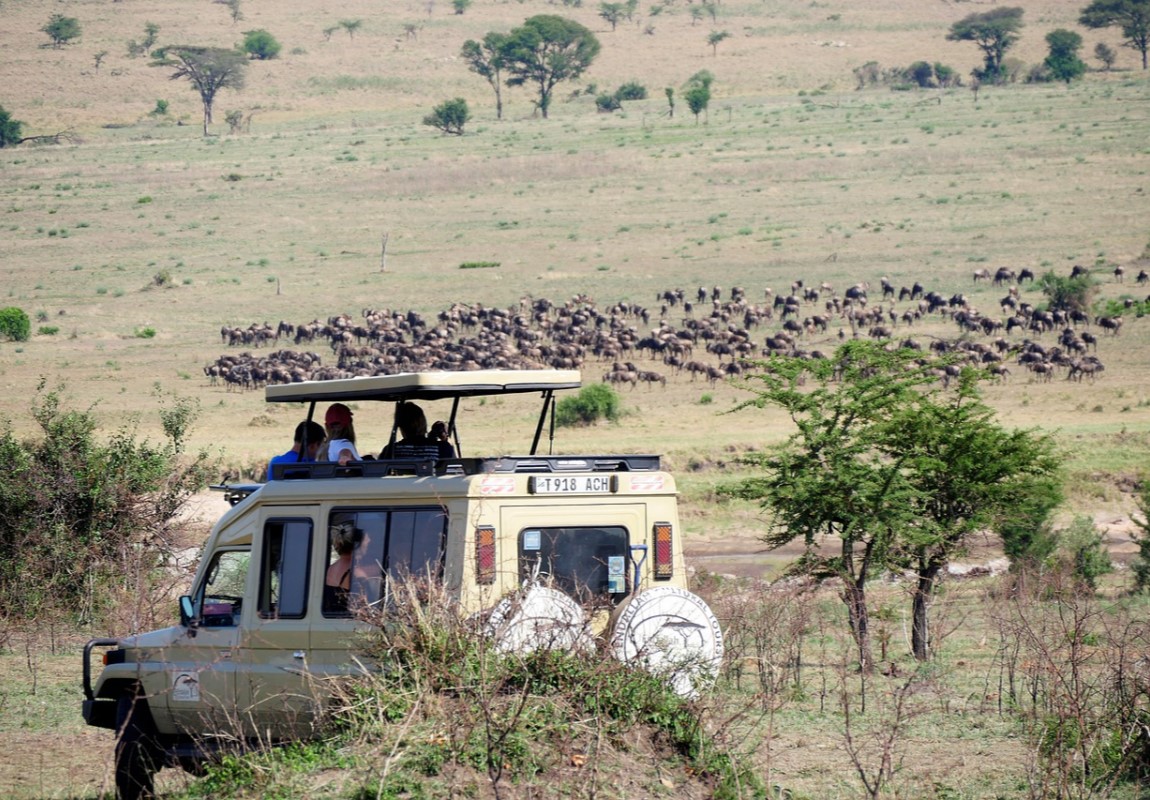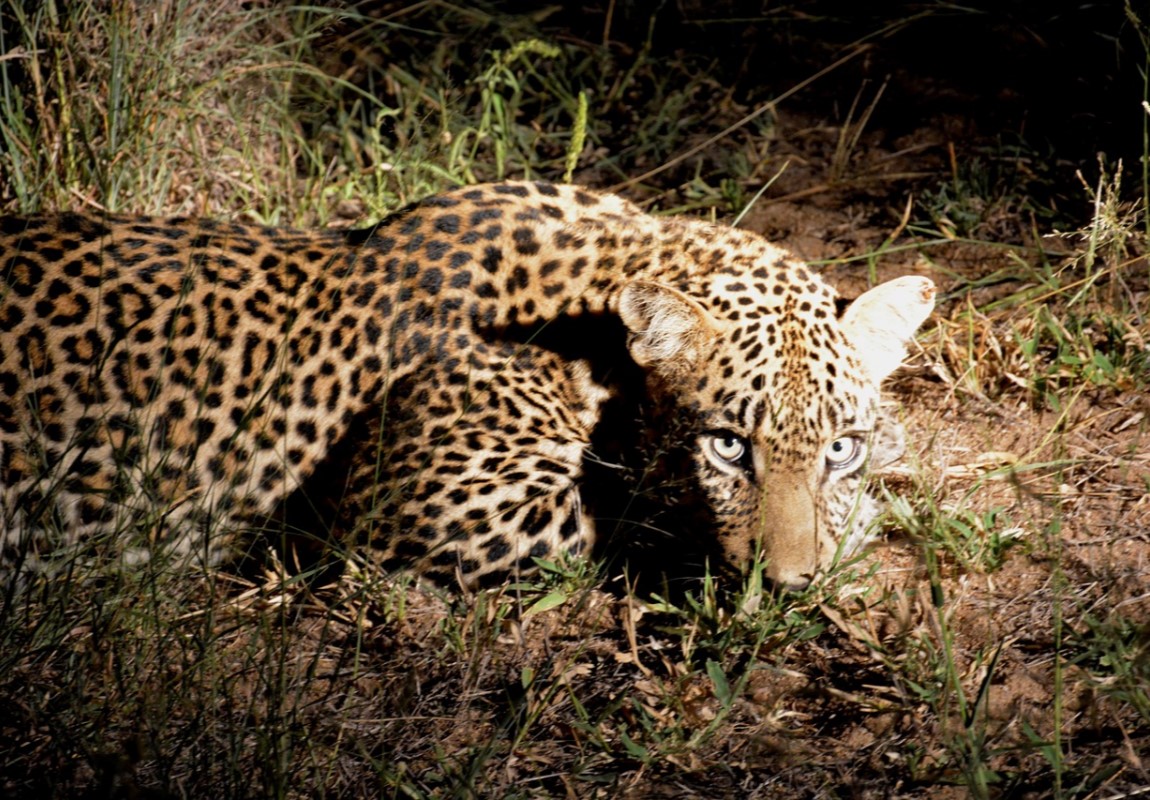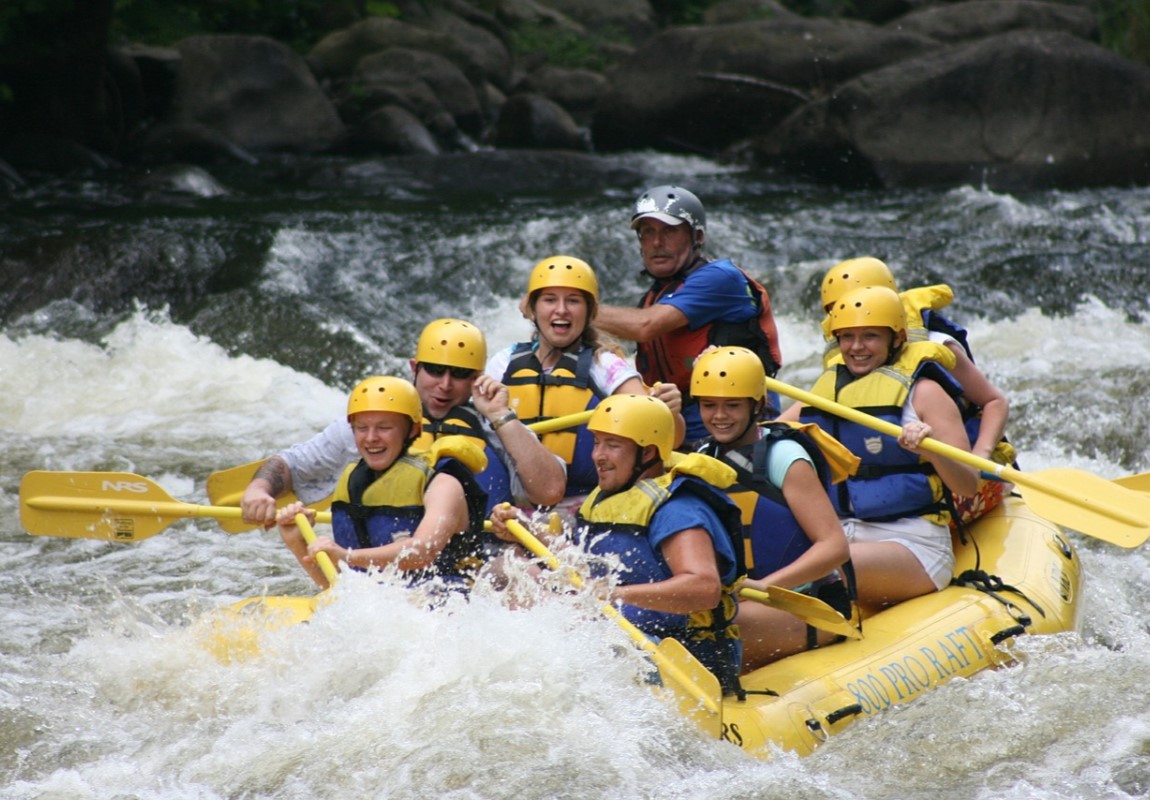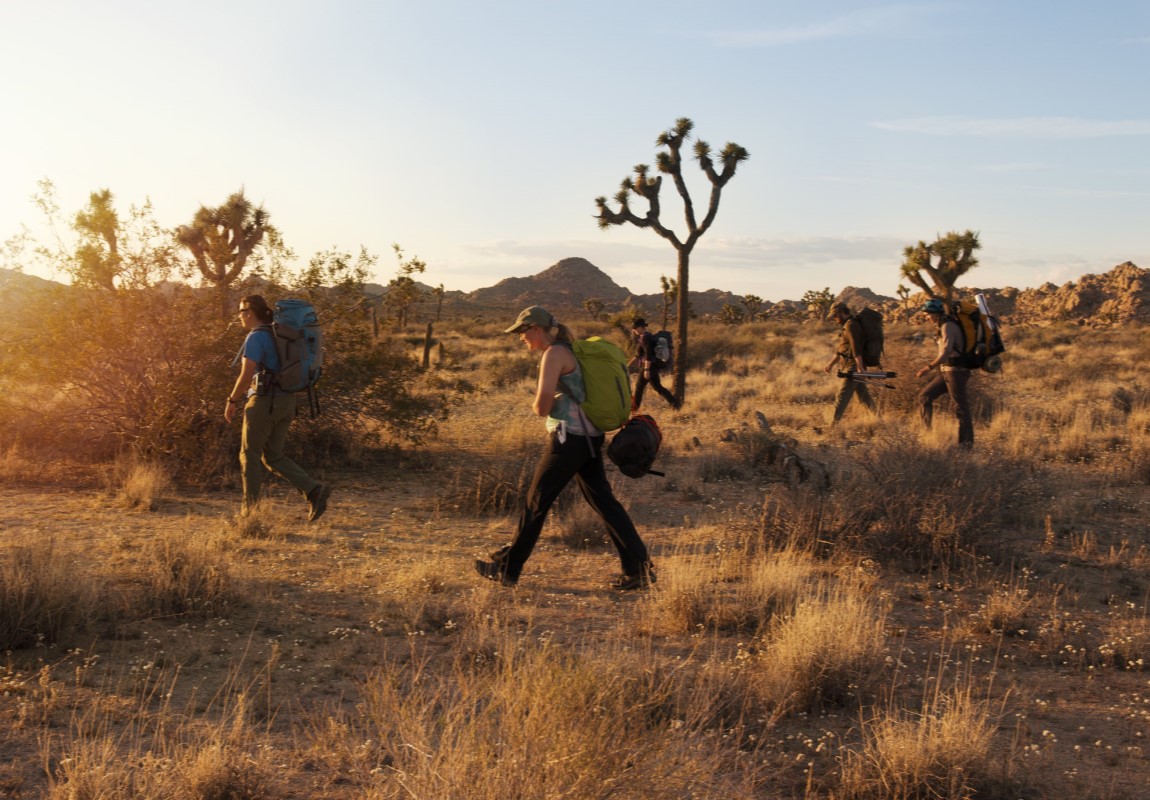Starting from
$440PP
Overview
The Lower Zambezi National Park lies on the north bank of the Zambezi River in southeastern Zambia. The park borders Mozambique toward the east and its south boundary pours out over into Zimbabwe's Mana Pools Reserve. It's in the Lower Zambezi National Park where a canoe safari is an elating choice just as boating and fishing, all inside excellent riverine surroundings elements; there's nothing quite like discreetly paddling past an enormous elephant group on the river’s edge. The Zambezi is home to four of the Big five: buffalo, elephant, leopard and lion. The park is also reported to have one of the highest concentrations of bird species in all of Africa, making it a superb destination for birding safari enthusiasts.
Pros & Cons
- Amazing wildlife viewing with four of the Big 5 animals except for Rhino
- Game drives, night drives, boating safari and walking safaris are available
- Amazing guiding & tracking
- Short canoe excursions will be available but on limited days
- Slightly expensive, all-inclusive packages are available
- Budget accommodations are available outside the park
- Rhino are not present
Map in Zambia
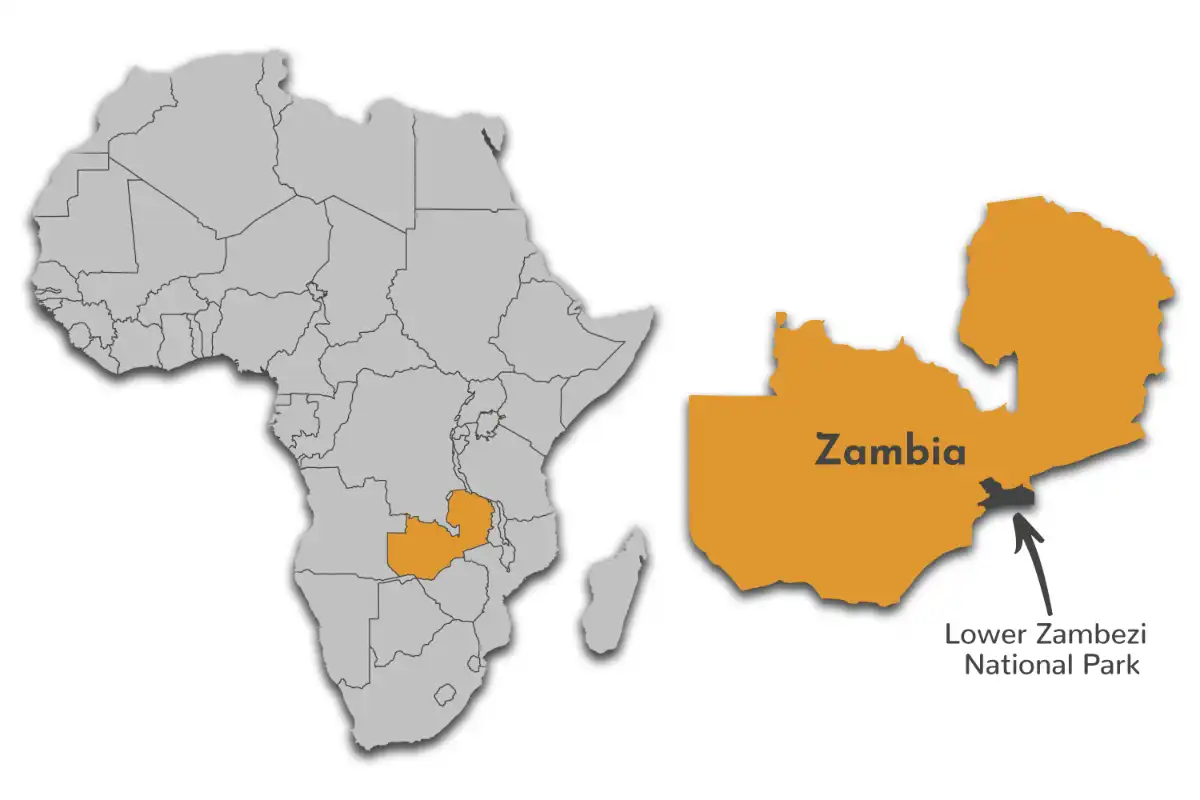
Want to Visit Lower Zambezi NP?
Gallery Images
Explore the stunning beauty of Lower Zambezi NP through our curated collection of photographs showcasing its landscapes, wildlife, and natural wonders.
Want to Visit Lower Zambezi NP?
Wildlife & Animals
Lower Zambezi National park provides a lot of wildlife viewing opportunities but still, variety isn’t as diverse as compared to Kafue or South Luangwa. Zambezi is home to four of the big five except Rhino. Elephants and buffalo are very common. Rhino, giraffe and cheetah are absent. The main predators are leopards, spotted hyenas and big prides of lions. Additionally, eagles, crocodiles, antelope, baboons, zebra and hippopotamus call the park home.
Wildlife Highlights
Wild dogs have made a rebound in the park, even though sightings are hit-and-miss. Early morning and late evening is the best ideal opportunity to see some activity and potentially a hunt. The hyenas frequently part with the leopards, by sitting under a tree that has leopards on a branch feeding on its kill; the hyena waits for the food pieces to fall. Impala is ample and a most loved prey for Wild dogs. Roan antelope is uncommon, however, sometimes can be spotted close to the ledge.
Best Time for Wildlife Viewing
Lower Zambezi has very seasonal wildlife viewing. The best time to visit the Lower Zambezi National park is in the Dry season from May to November when water is inadequate and animals gather to drink. At this time the vegetation is also thinner making sightings easier. During the Wet season, from December to April, animals tend to congregate around the pans in the interior.
Want to Visit Lower Zambezi NP?
Birds
The Zambezi has excellent bird-watching opportunities with more than 450 species recorded so far which includes Resident and migratory species. The park is especially wealthy in inhabitant and migrant waders, which can be found on the riverbanks and shoals. The slope precipices are a decent spot to search for raptors, including the noteworthy Verreaux's eagle. One of Africa's generally pursued birds, the Angola pitta, breeds here and can be found in the Wet season.
Best Time for Birding
Lower Zambezi National Park offers great bird watching throughout the year. However, the best time to visit Lower Zambezi for excellent bird watching is during the wet season from November to April when migratory birds are available. It is also the time when a lot of birds can be seen in breeding plumage. Many lodges are closed during the months of the Wet season.
Want to Visit Lower Zambezi NP?
Best Time to Visit – Lower Zambezi NP
Lower Zambezi has very seasonal wildlife viewing. The best time to visit the Lower Zambezi National park is in the Dry season from May to November when water is inadequate and animals gather to drink. At this time the vegetation is also thinner making sightings easier. During the Wet season, from December to April, animals tend to congregate around the pans in the interior.
May to October (Dry Season)
- Animals are easier to spot as they congregate near freshwater sources
- It is sunny, and there is little rain
- Fewer mosquitoes and less chance of catching malaria
- Warm clothes are recommended for the early morning & night chill weather
- The sky is hazy with a lot of dust in the air
- The weather is extremely hot in October
- Due to heavy crowd from July to October, lodges might charge high season rates
November to April (Wet Season)
- Birding is best as migratory birds are present
- Low season rates are applied due to less crowd
- Plenty of baby animals that attract predators
- The scenery is beautiful and at its most lush also known as 'Emerald Season'
- Less wildlife viewing options
- Extreme Hot and Humid climate
- Roads become impassable
- Many lodges are closed
- Afternoon Rains can create challenges in planned activities
Want to Visit Lower Zambezi NP?
Activities
Explore popular activities available in and around Lower Zambezi NP.
Want to Visit Lower Zambezi NP?
No FAQs available for this park yet.

 English
English French
French
